In the early 1900s, Fifth Avenue was a place where the clip-clop of horse-drawn carriages mingled with the rumble of new motor omnibuses, and where the city’s wealthiest families built homes of staggering size and detail.
The stretch of Fifth Avenue bordering Central Park, from 59th Street to 96th Street, earned the nickname “Millionaire’s Row.” Here stood the grand mansions of New York’s most prominent families. The Vanderbilts, a family who amassed a fortune from railroads and shipping, had several residences along this avenue. Their “Triple Palace” occupied an entire block, and the Cornelius Vanderbilt II Mansion was the largest single-family house in the city at the time. These homes were not just residences; they were statements of wealth, designed in styles that borrowed from European palaces, with limestone facades and intricate carvings.
Further down, the architecture told a different story. South of 59th Street, the avenue was in a state of transition. While still lined with impressive brownstones, commercial buildings began to reshape the skyline. The rise of these new structures marked a shift in the avenue’s character, as businesses started to replace private homes. One of the first significant changes was the demolition of the James A. Burden Jr. mansion at 72nd Street and Fifth Avenue in 1916, making way for a 12-story apartment building.
Read more
Getting around on Fifth Avenue was an experience in itself. In the early part of the century, horse-drawn omnibuses were a common sight. By 1905, the Fifth Avenue Coach Company introduced a fleet of French DeDion-Bouton double-decker motor buses. These new vehicles were an instant success, offering commuters and sightseers a new way to travel the length of the avenue, from Washington Square to 59th Street.
The avenue was also becoming a destination for shoppers. While many of the now-famous luxury stores had yet to establish their flagship locations, the seeds of Fifth Avenue’s retail future were being planted. Tiffany & Co. was already a prominent name, though its iconic store was then located on Union Square. The practice of creating elaborate holiday window displays began during this period, with stores like Macy’s pioneering the tradition of festive, Christmas-themed windows that would become a hallmark of the avenue. This new form of visual merchandising turned the sidewalks into a gallery for passersby.
Daily life on Fifth Avenue for the wealthy involved a strict social calendar, with the grand ballrooms of the mansions hosting lavish parties. For those who lived and worked in the area but were not part of this elite circle, the avenue was a place of employment and constant activity. The presence of these grand homes required a large staff of servants, and the construction of new buildings brought a steady stream of laborers to the area. The street was a bustling artery of the city, alive with the movement of people from all walks of life.


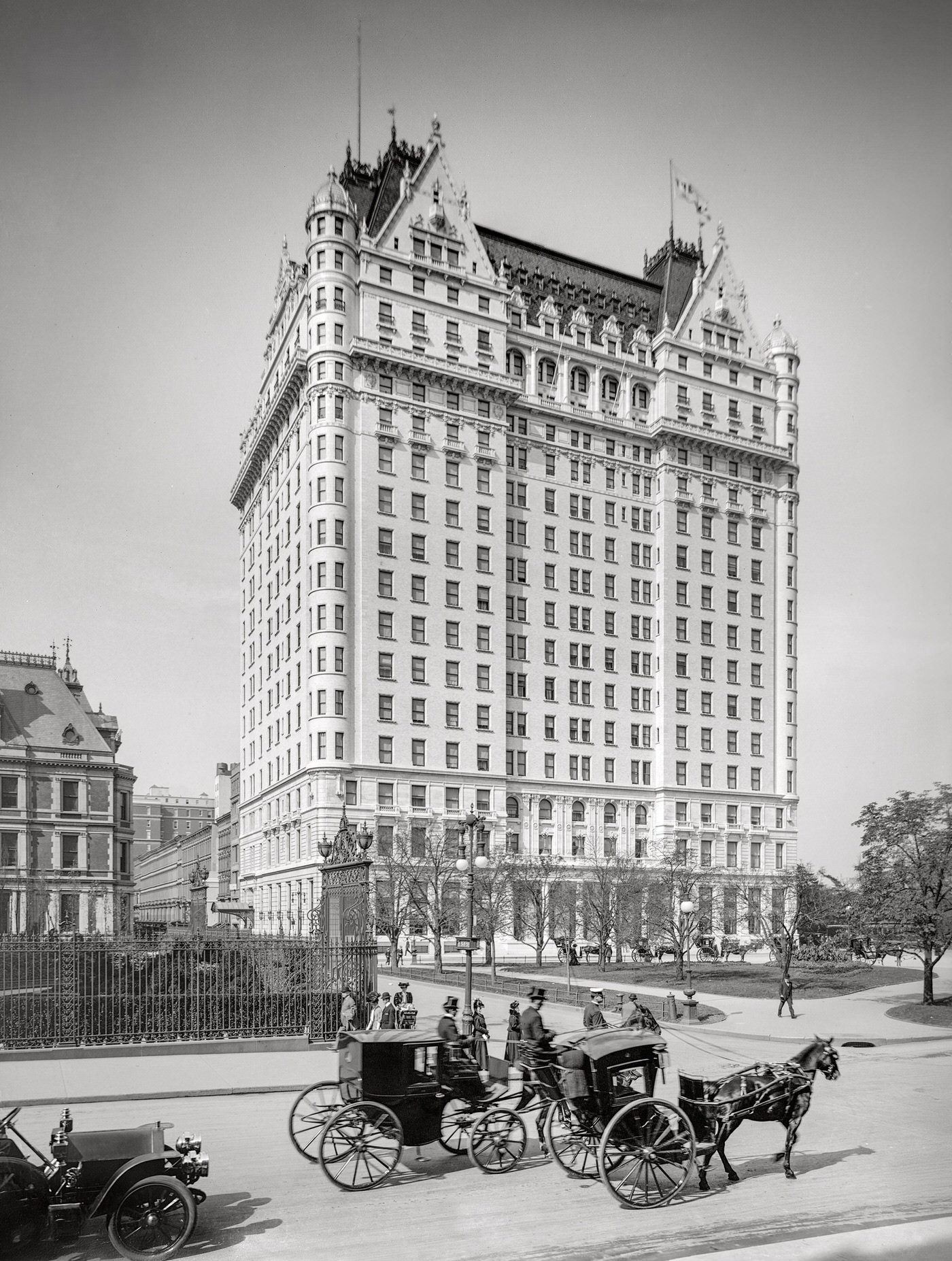
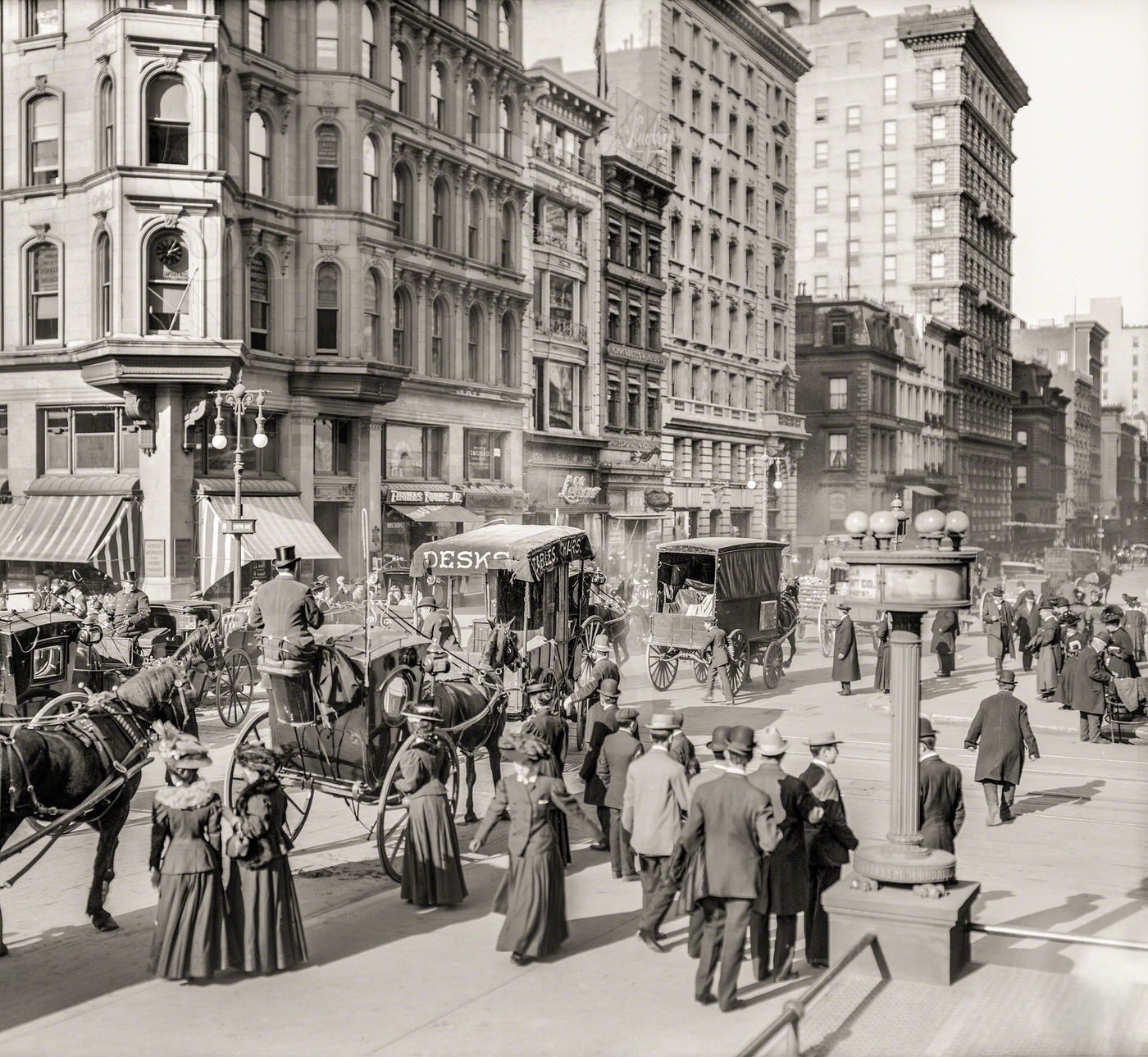


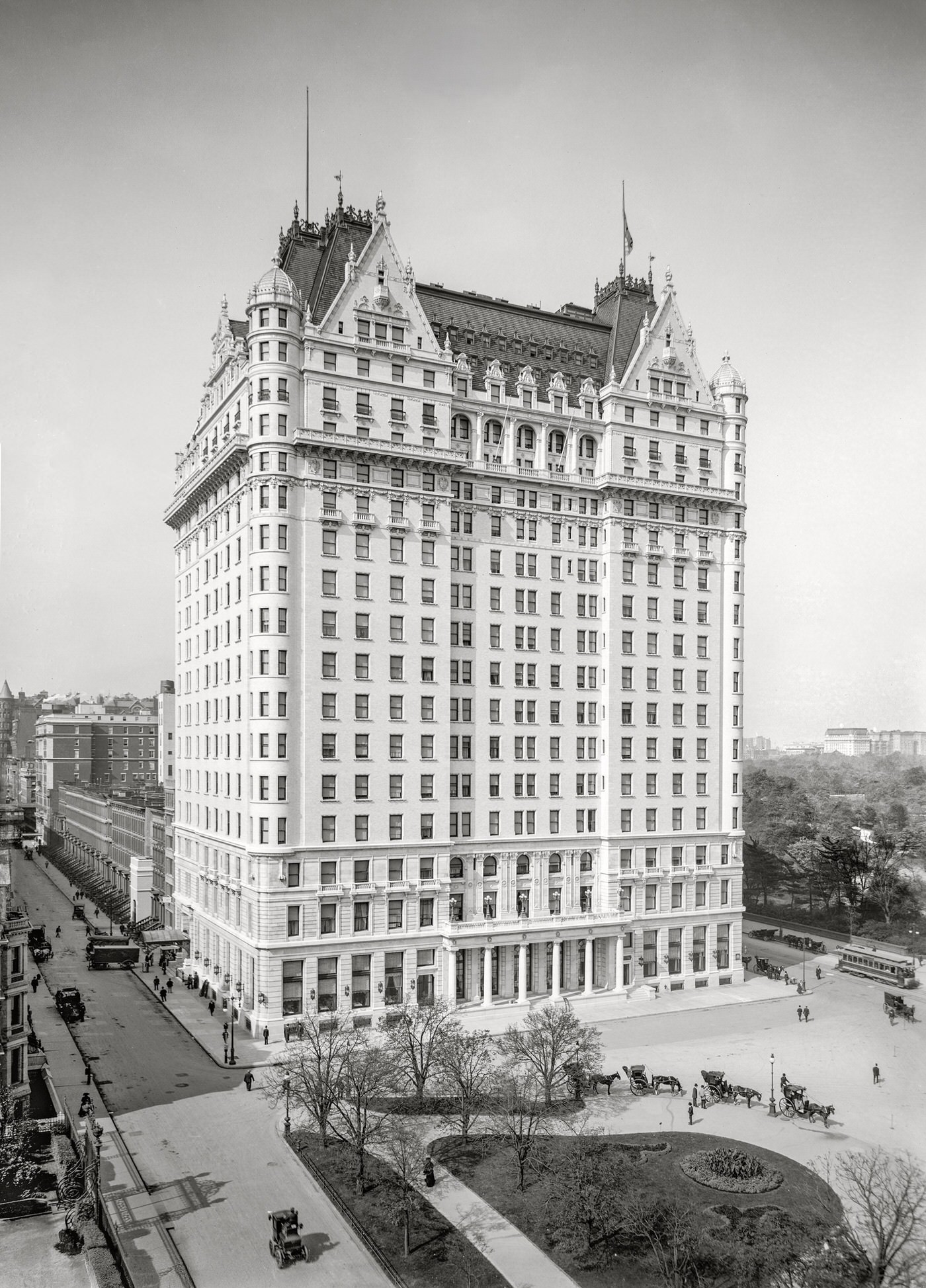
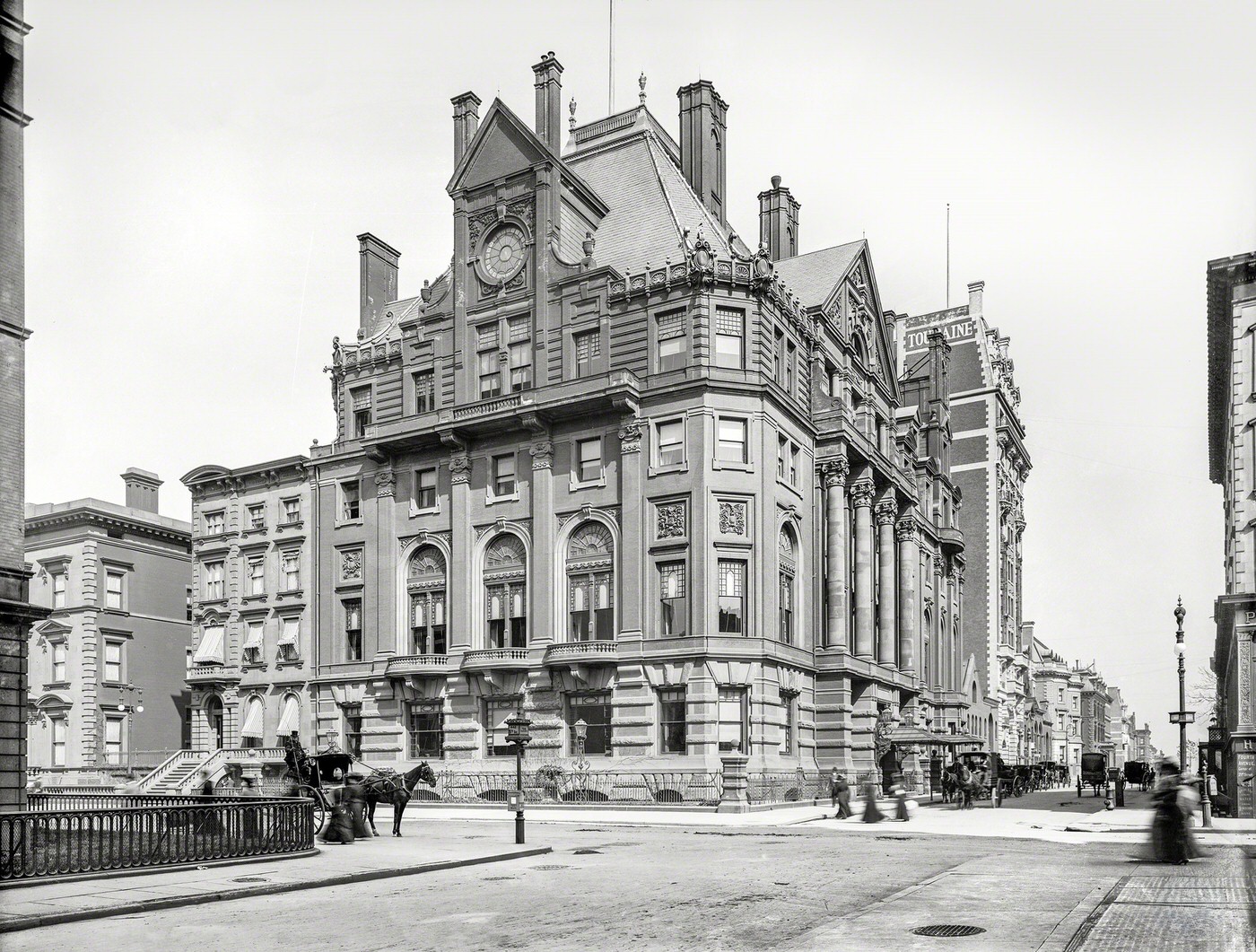
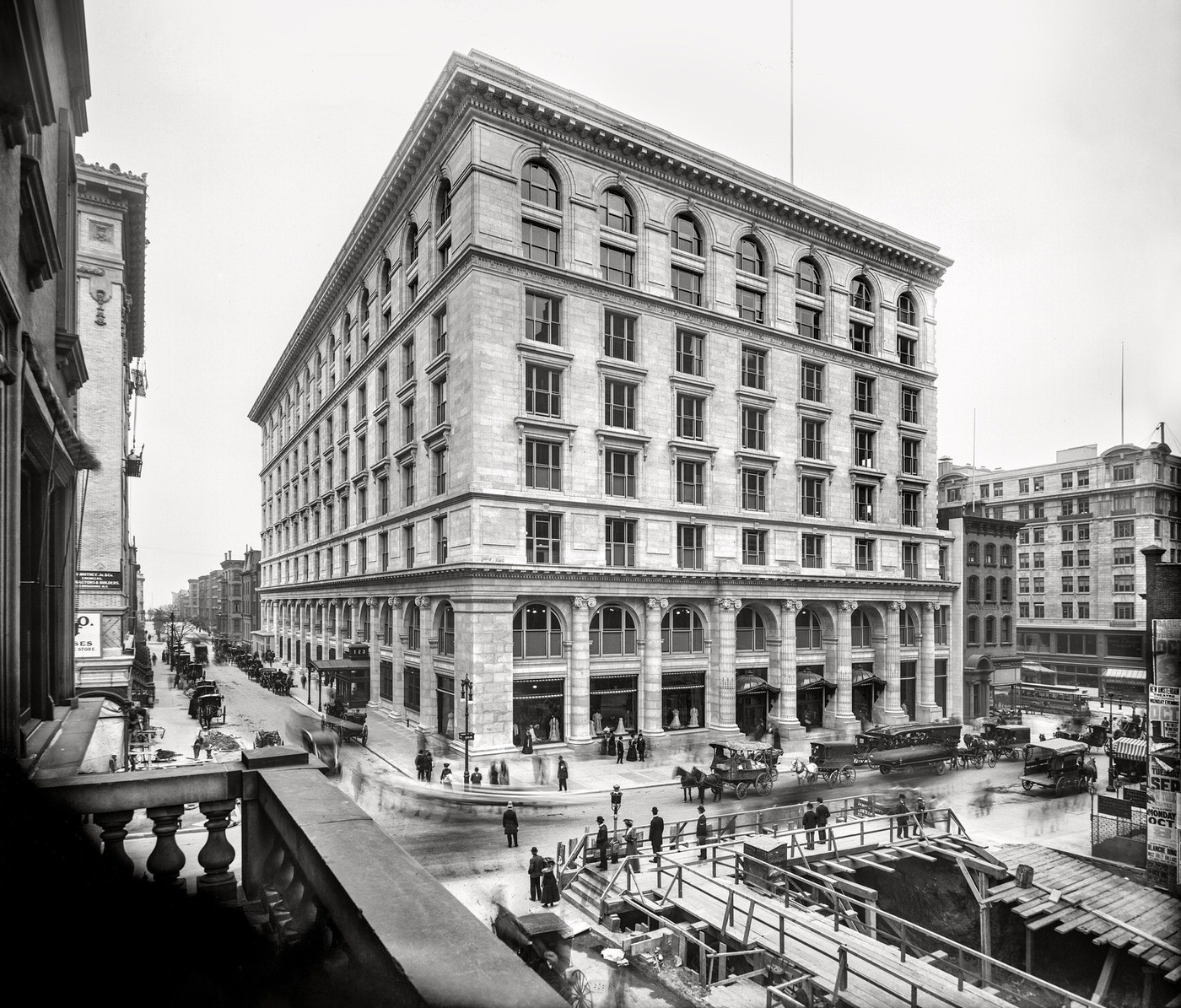
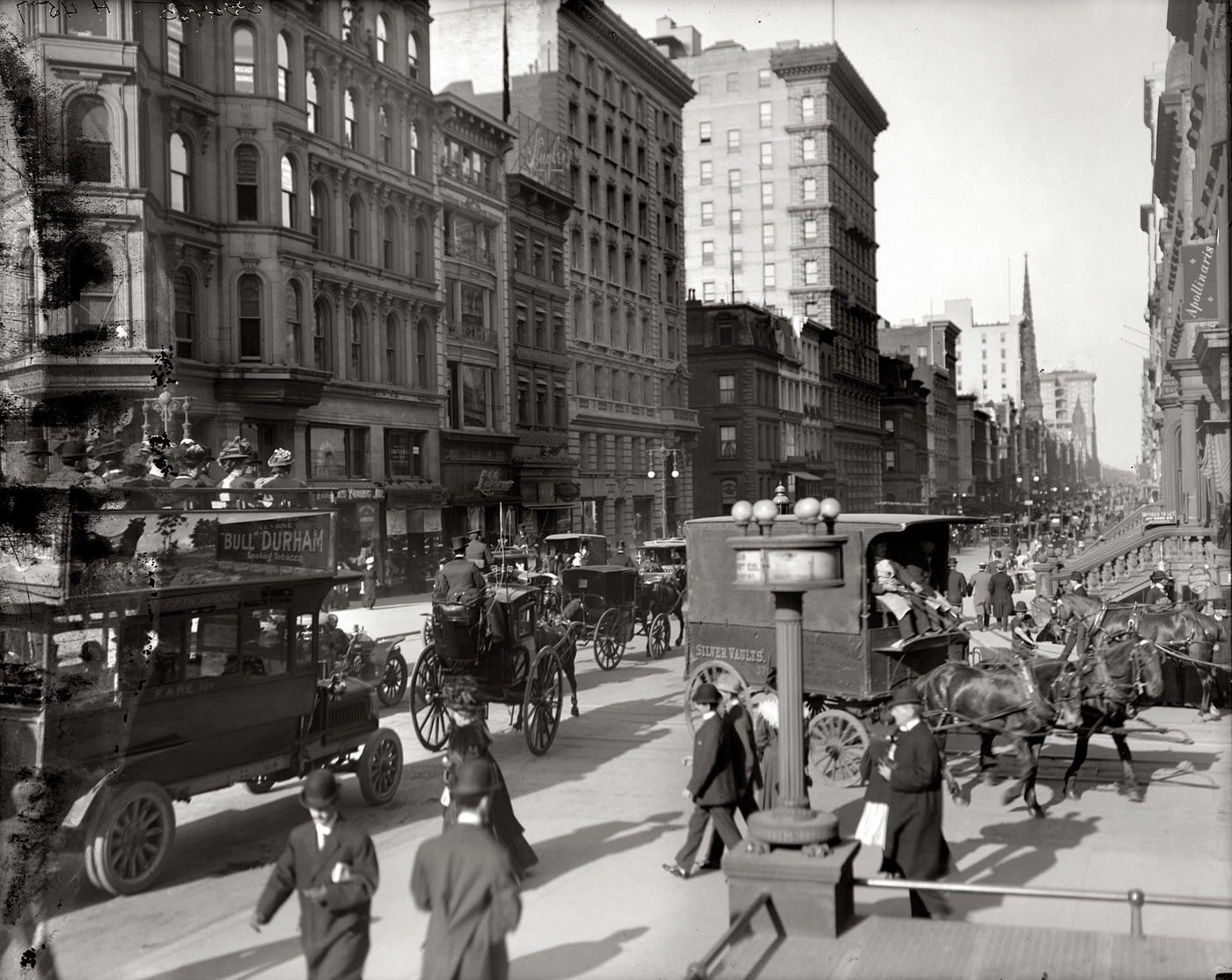
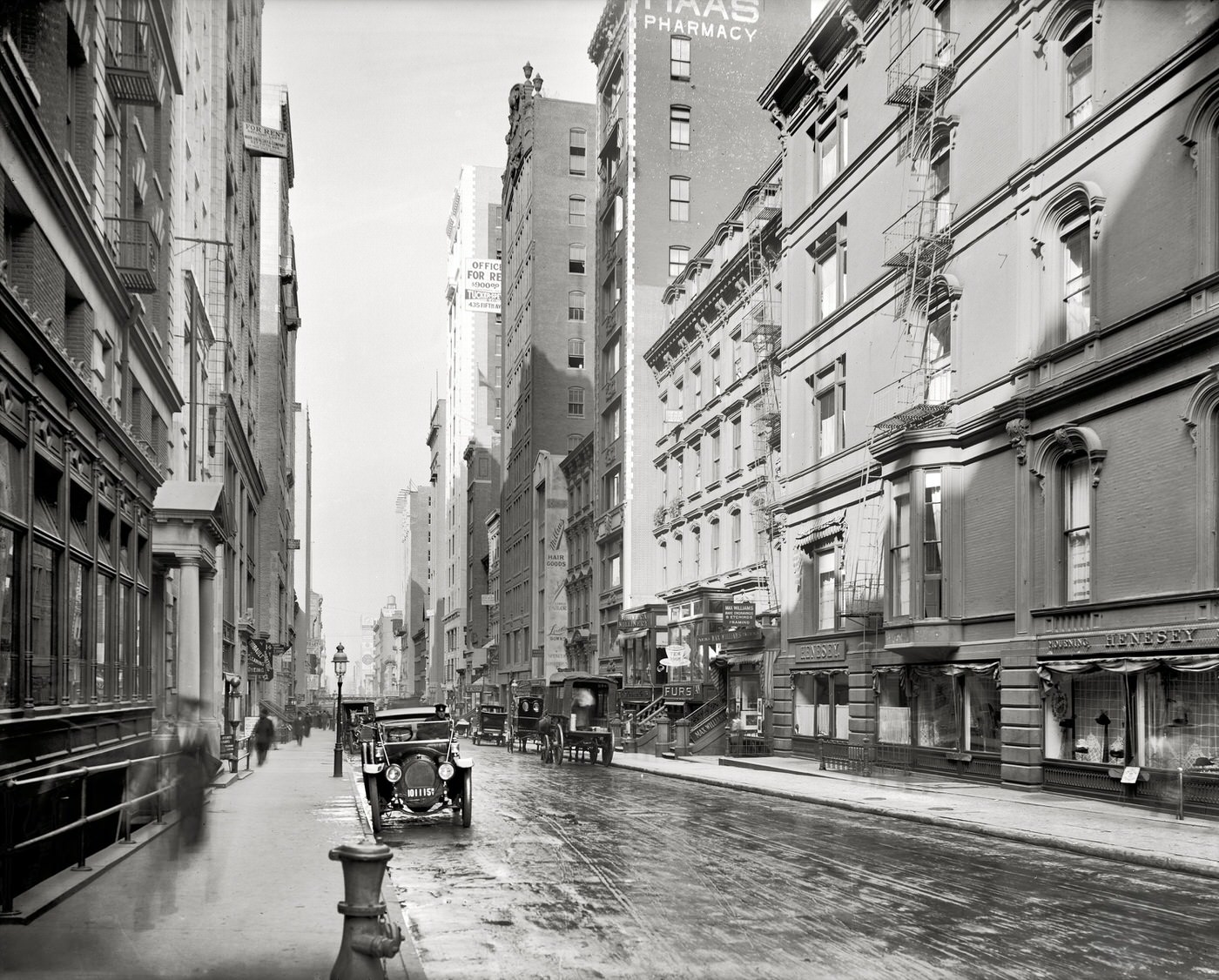
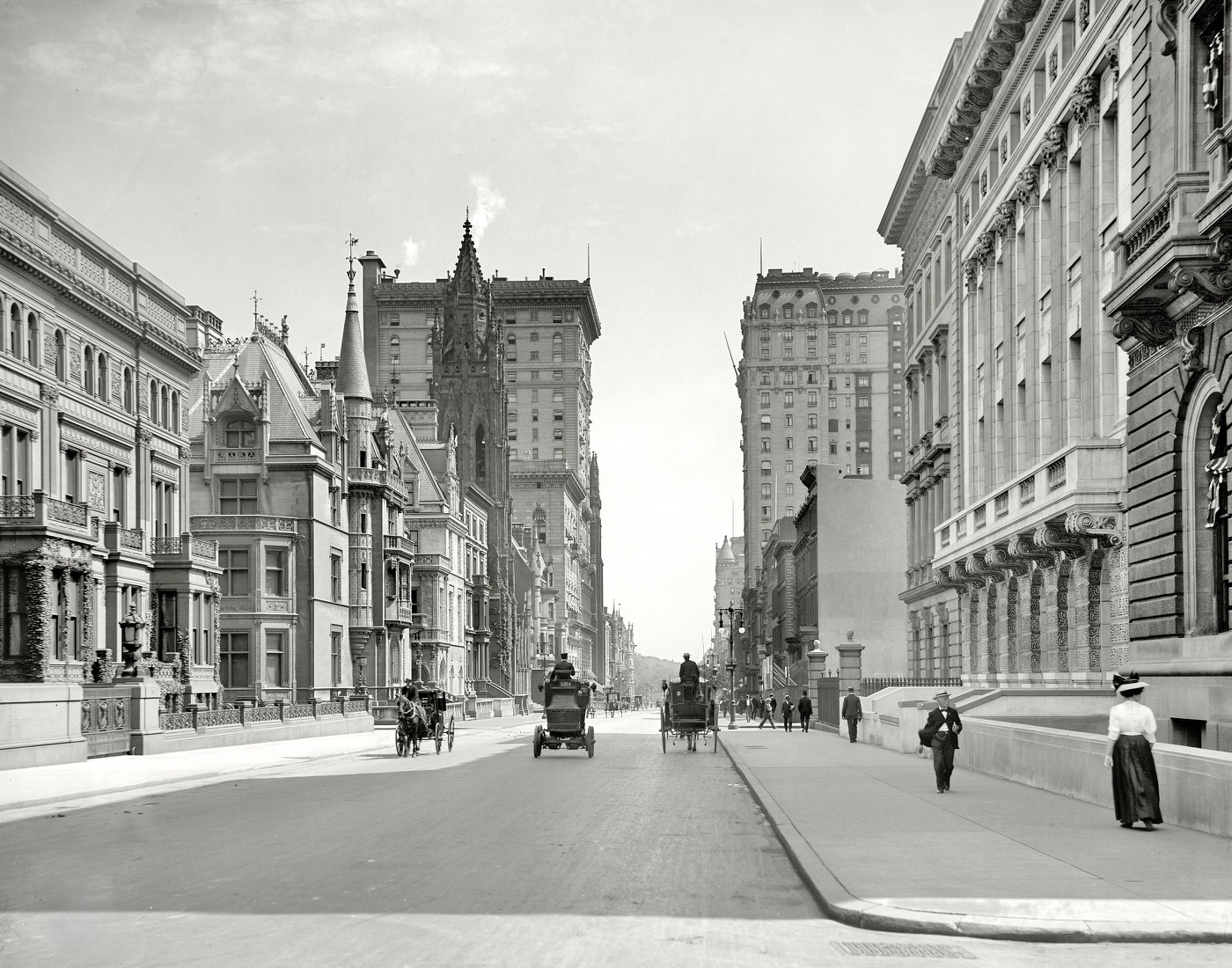
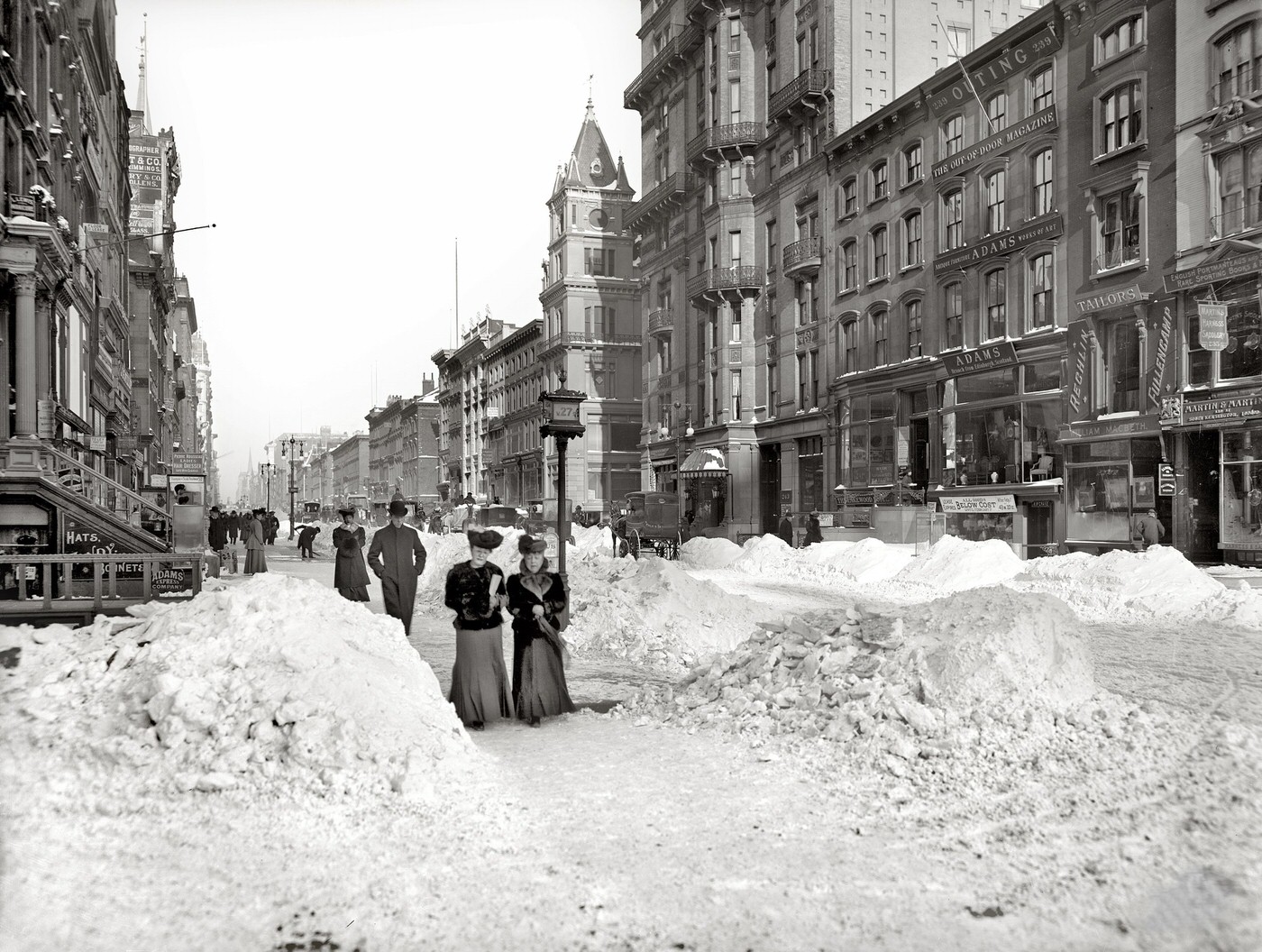
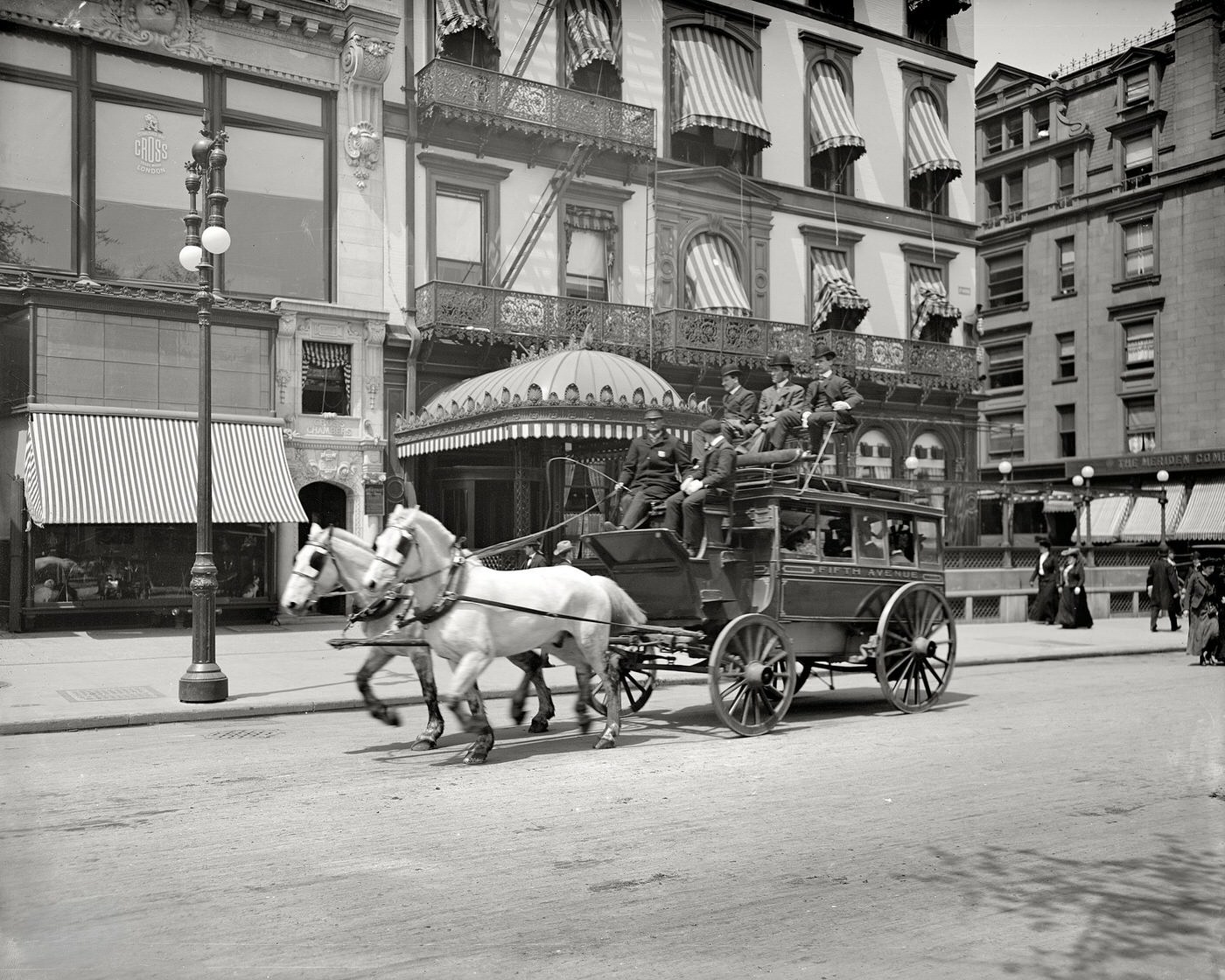
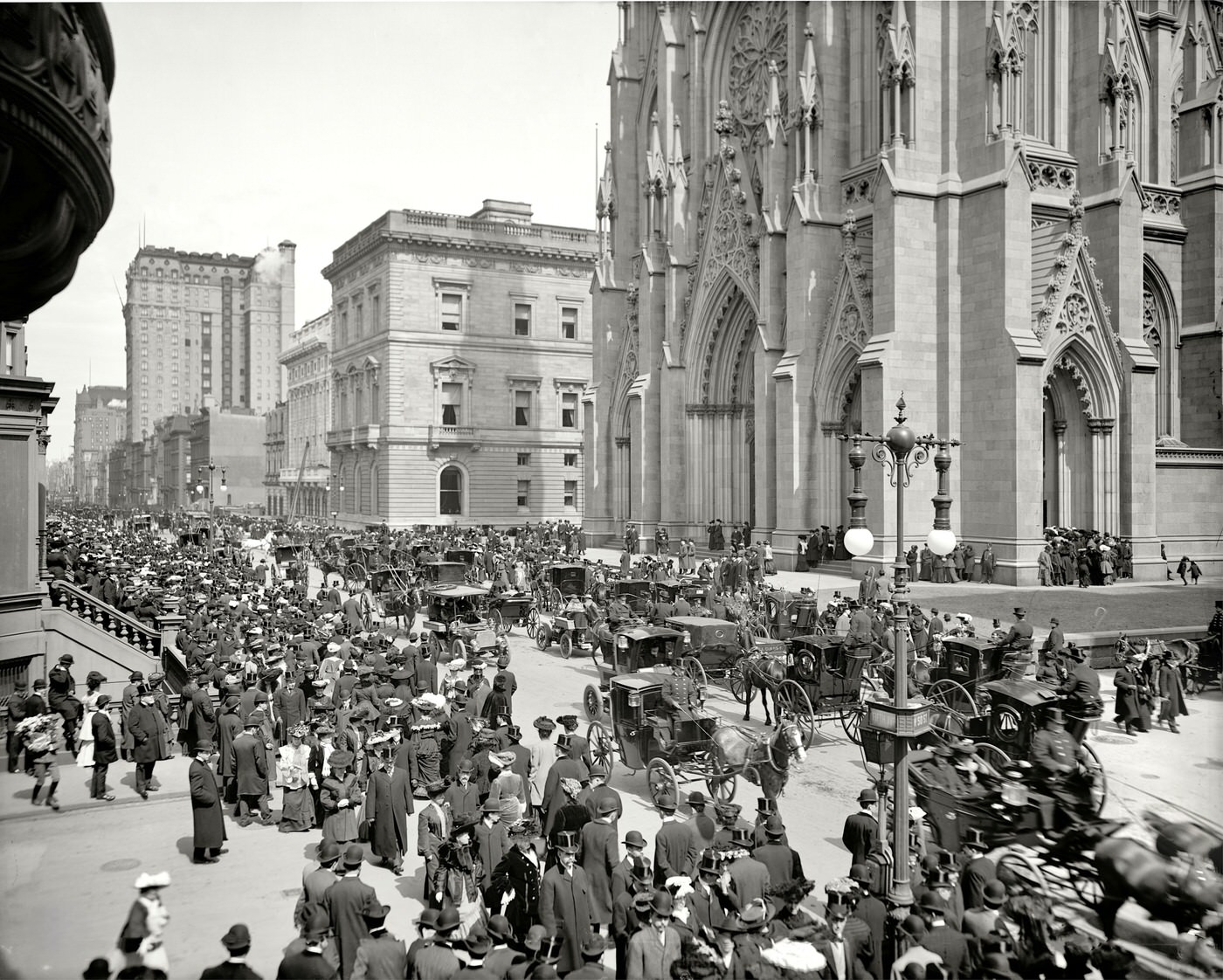
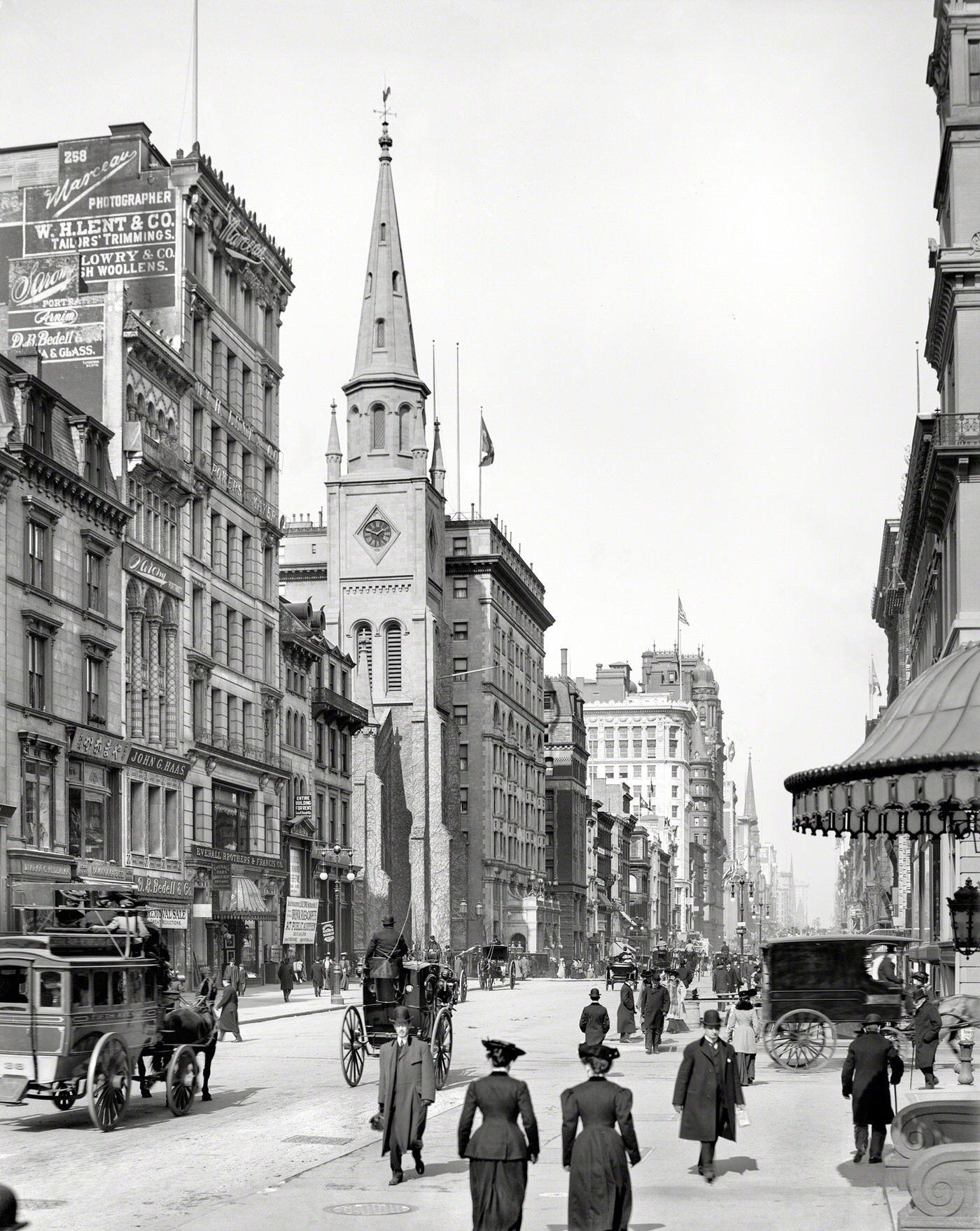
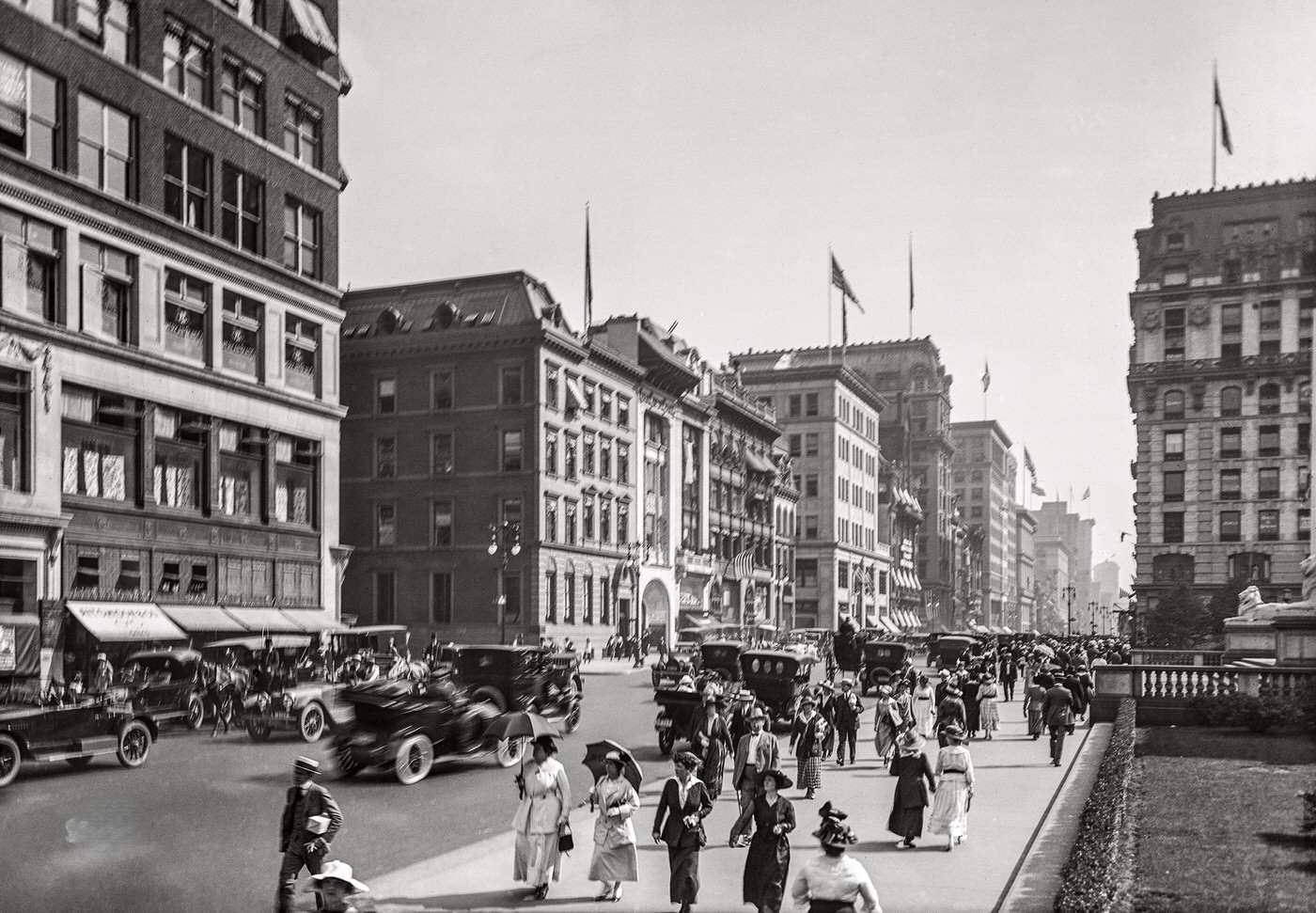
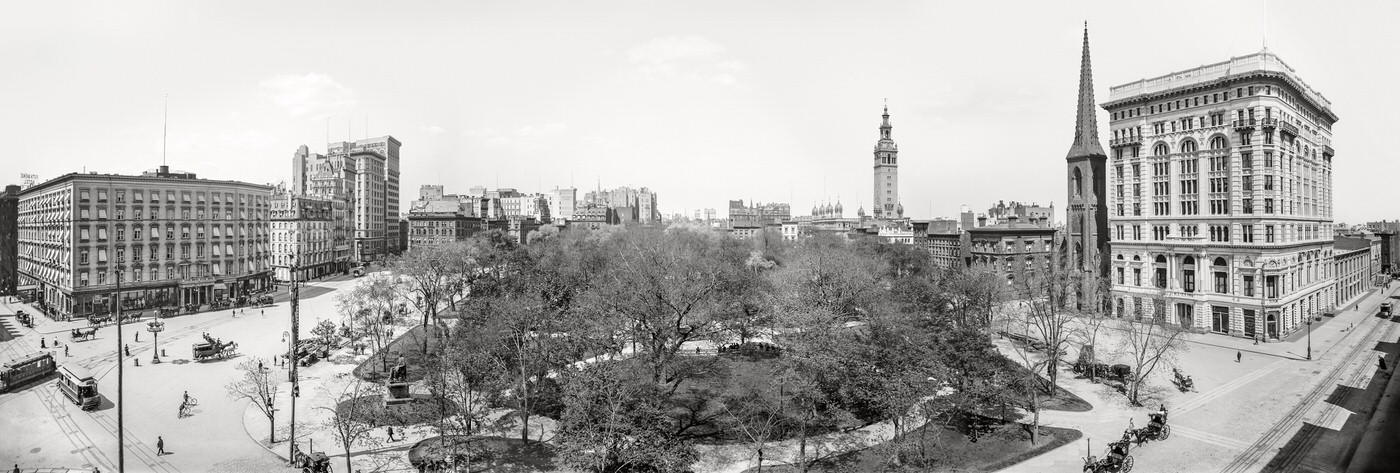
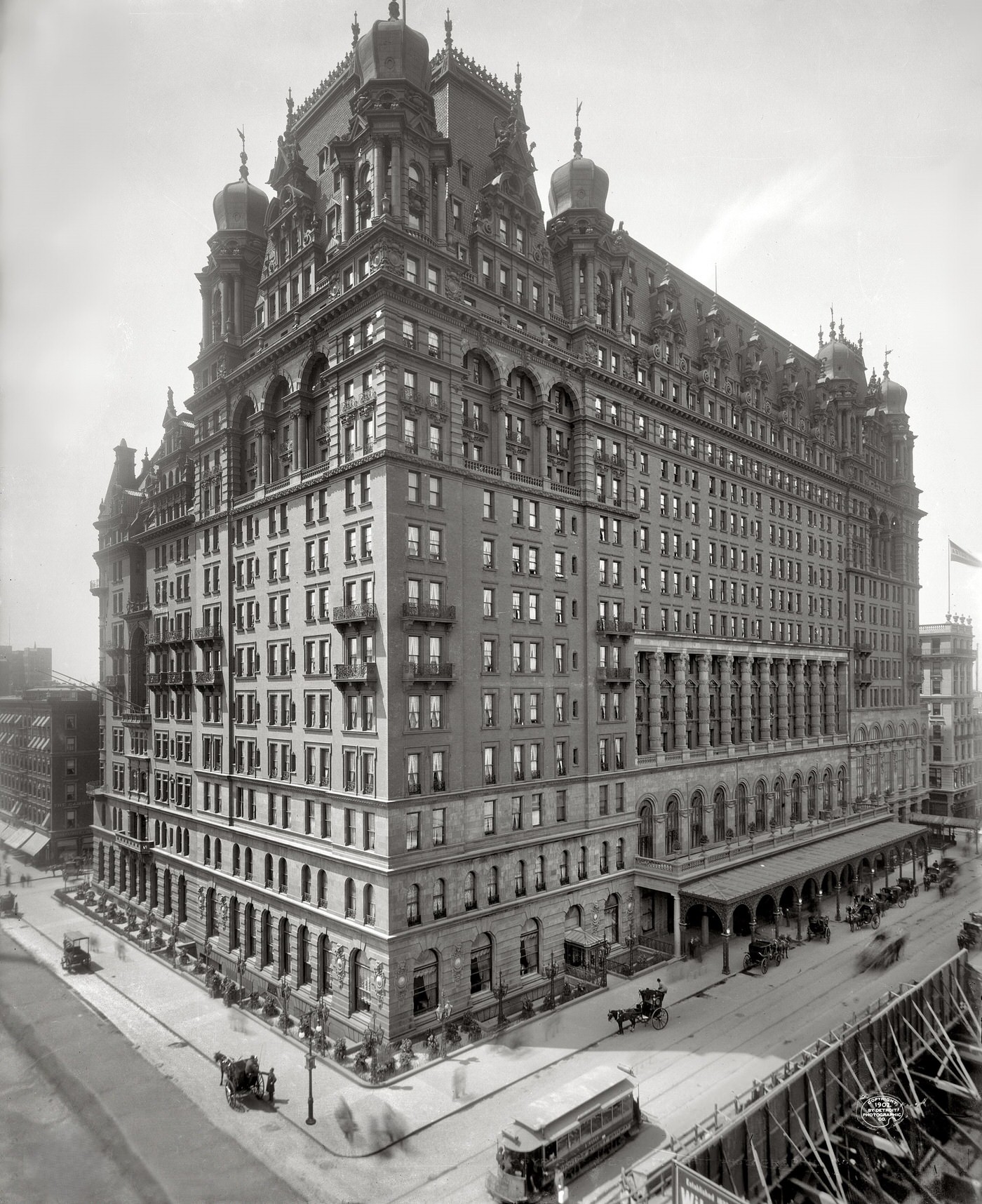
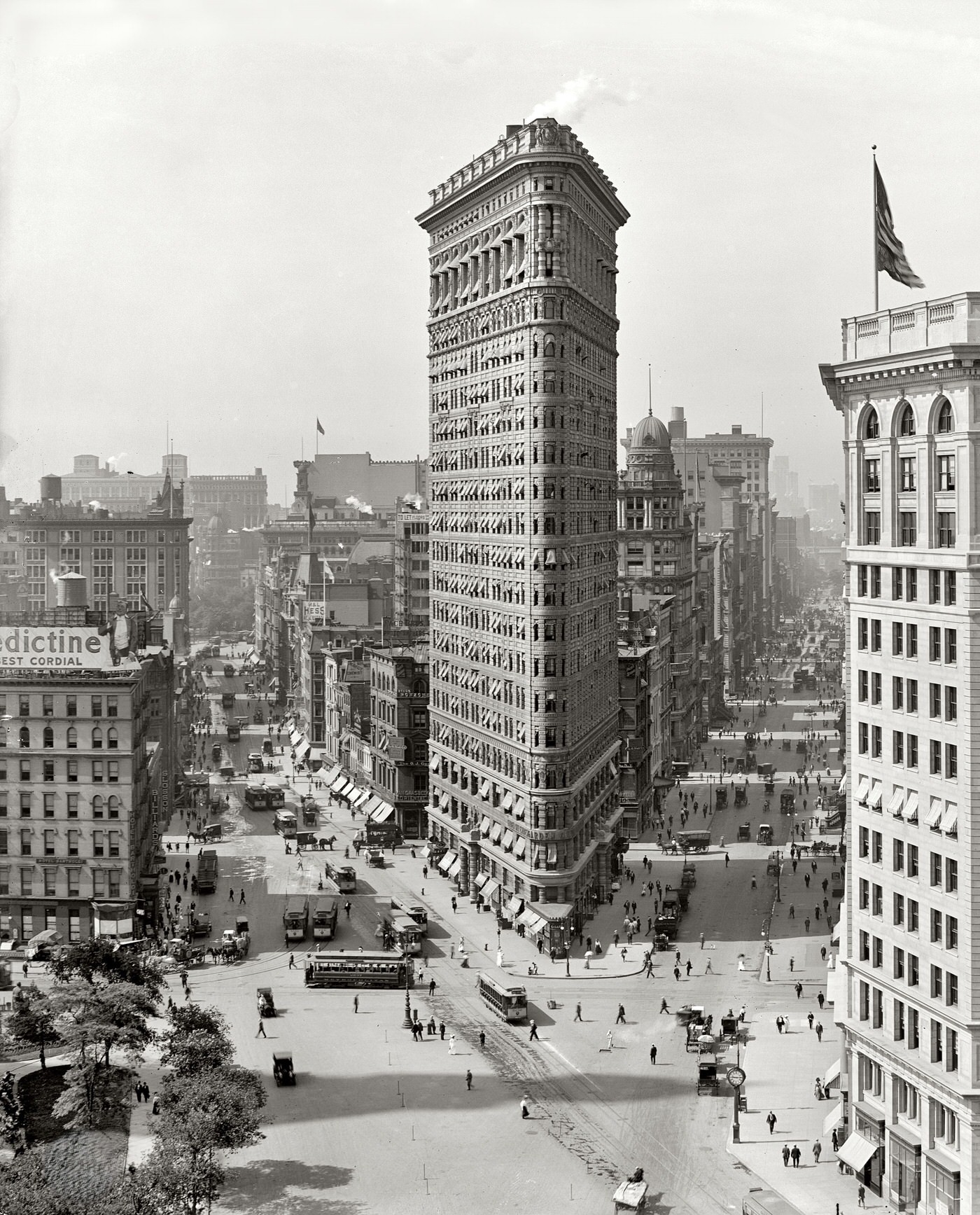
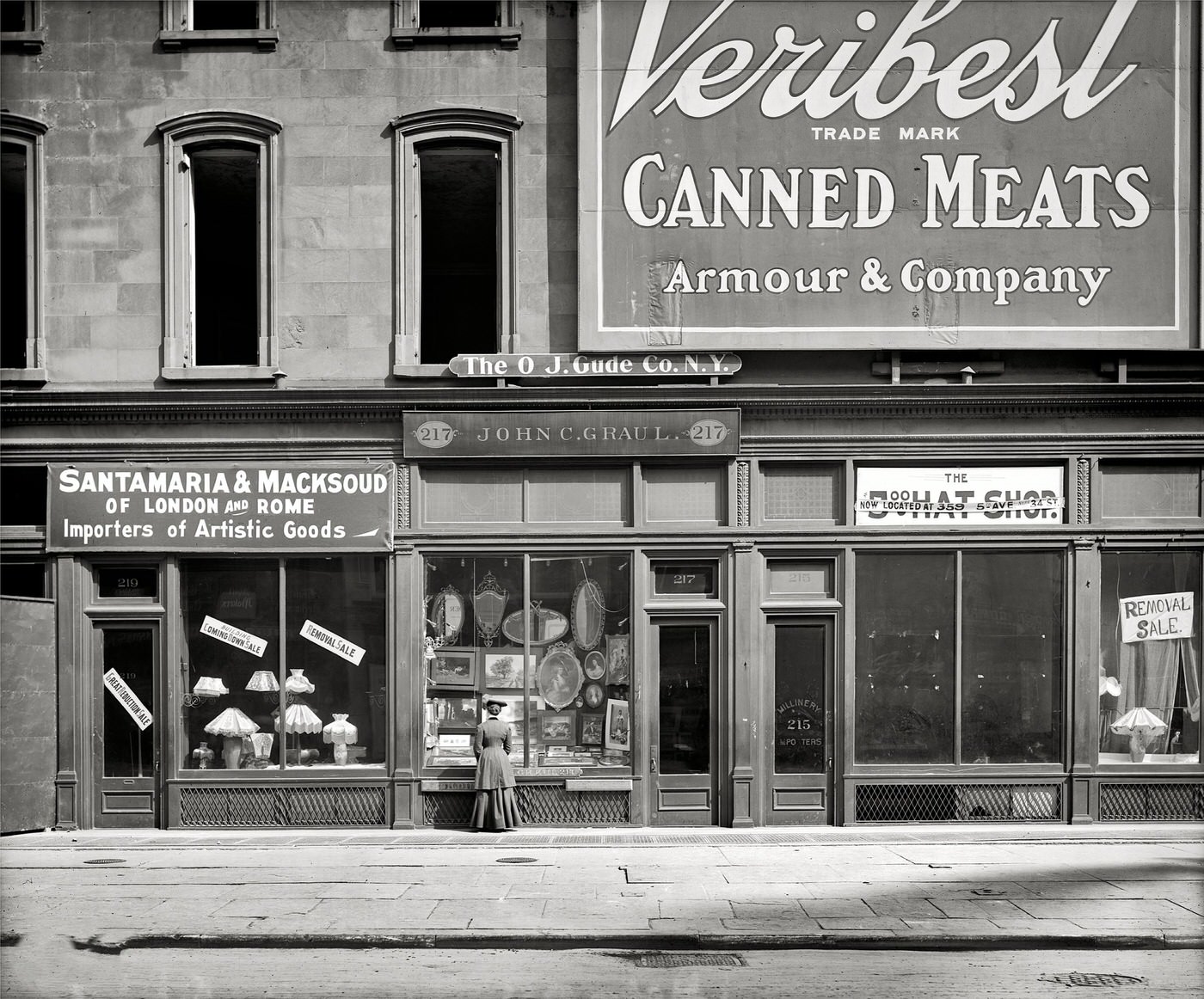
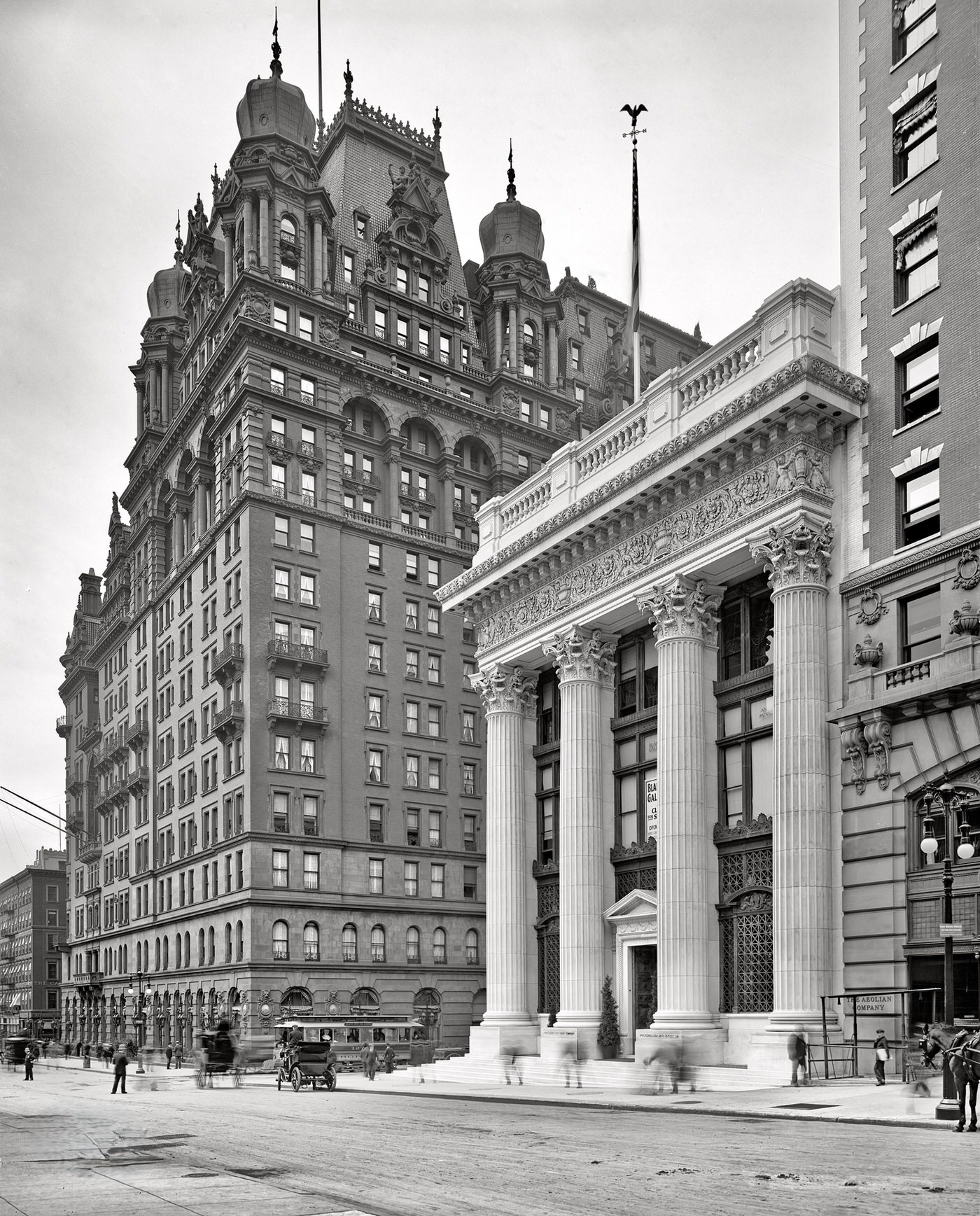
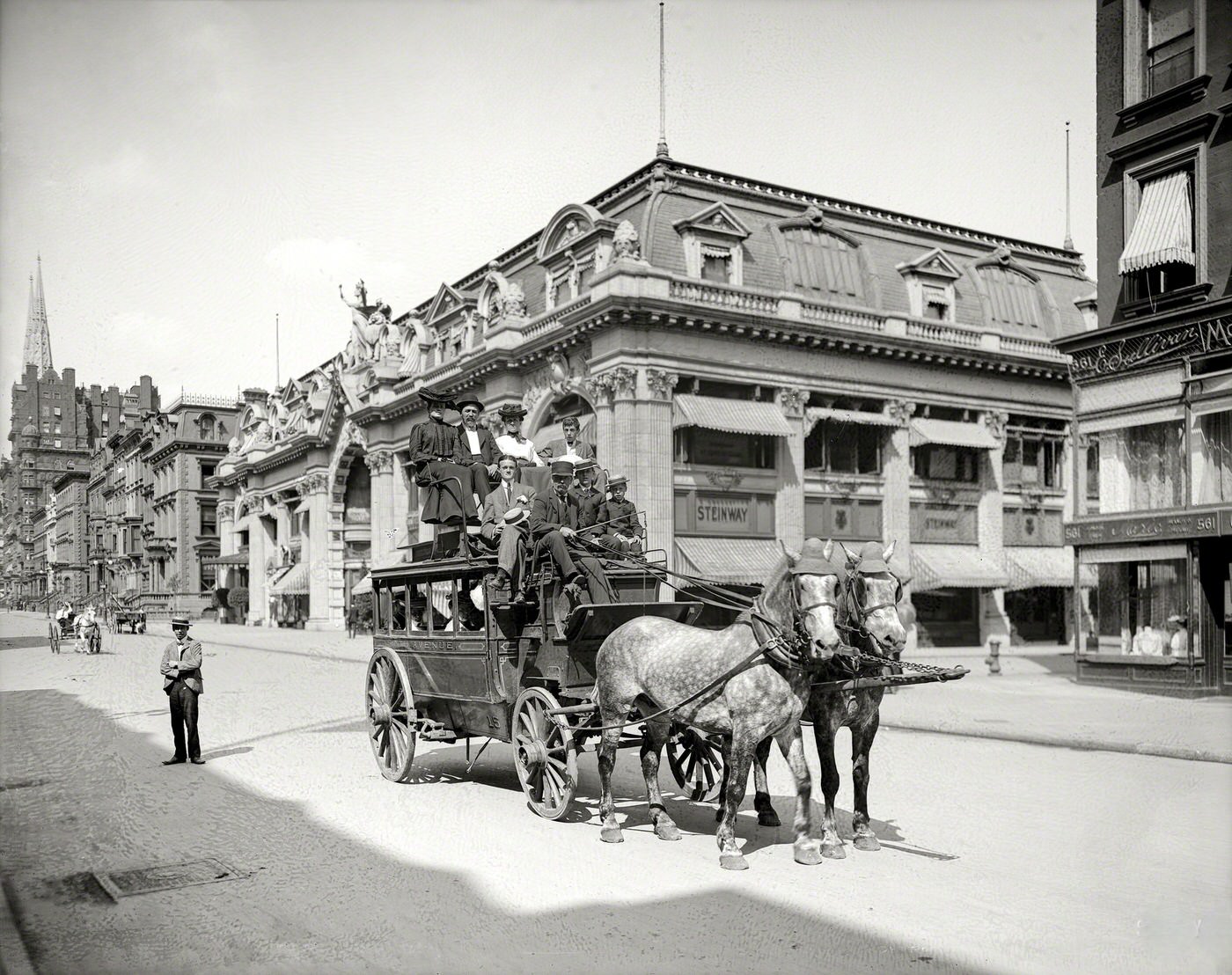
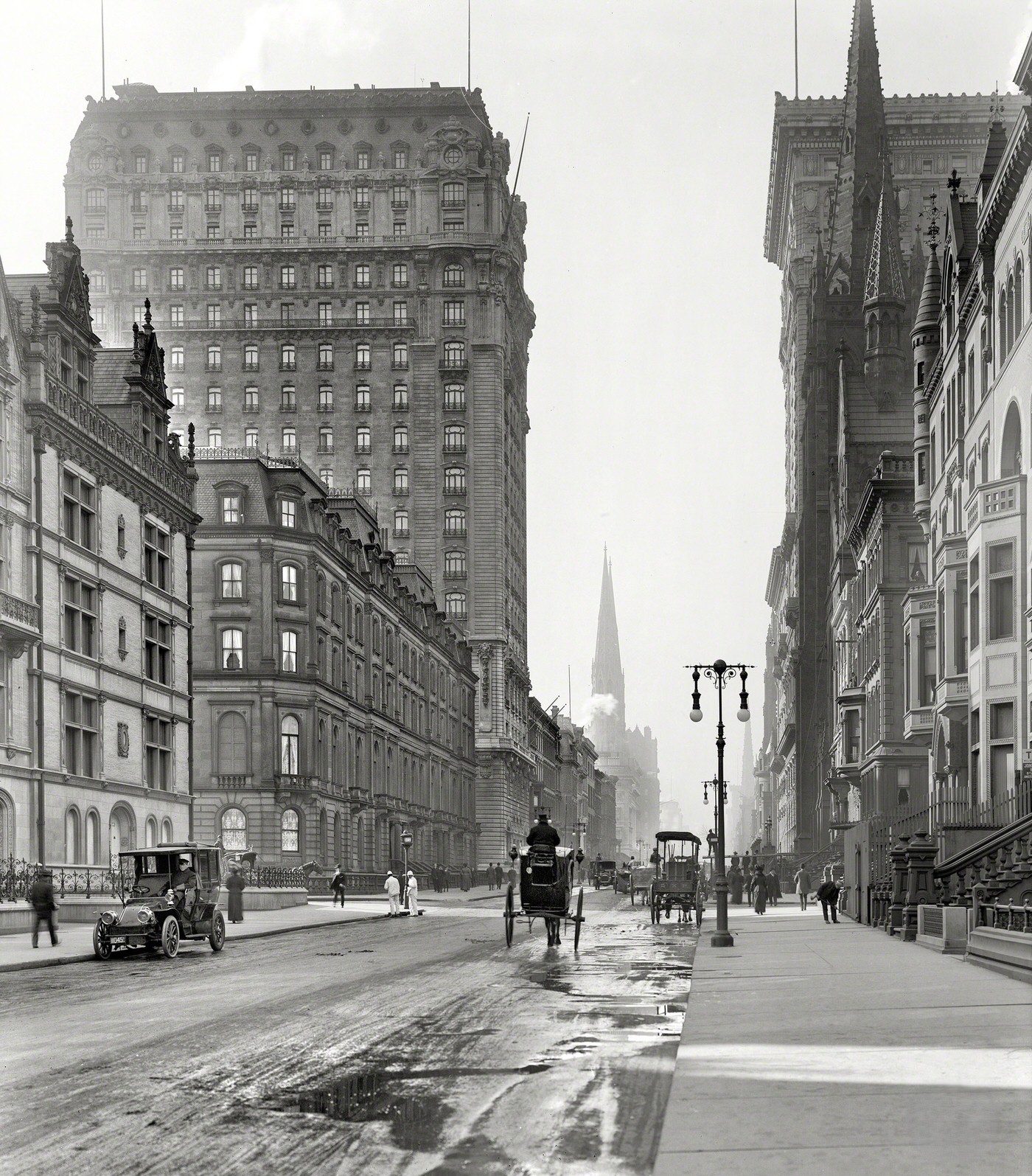
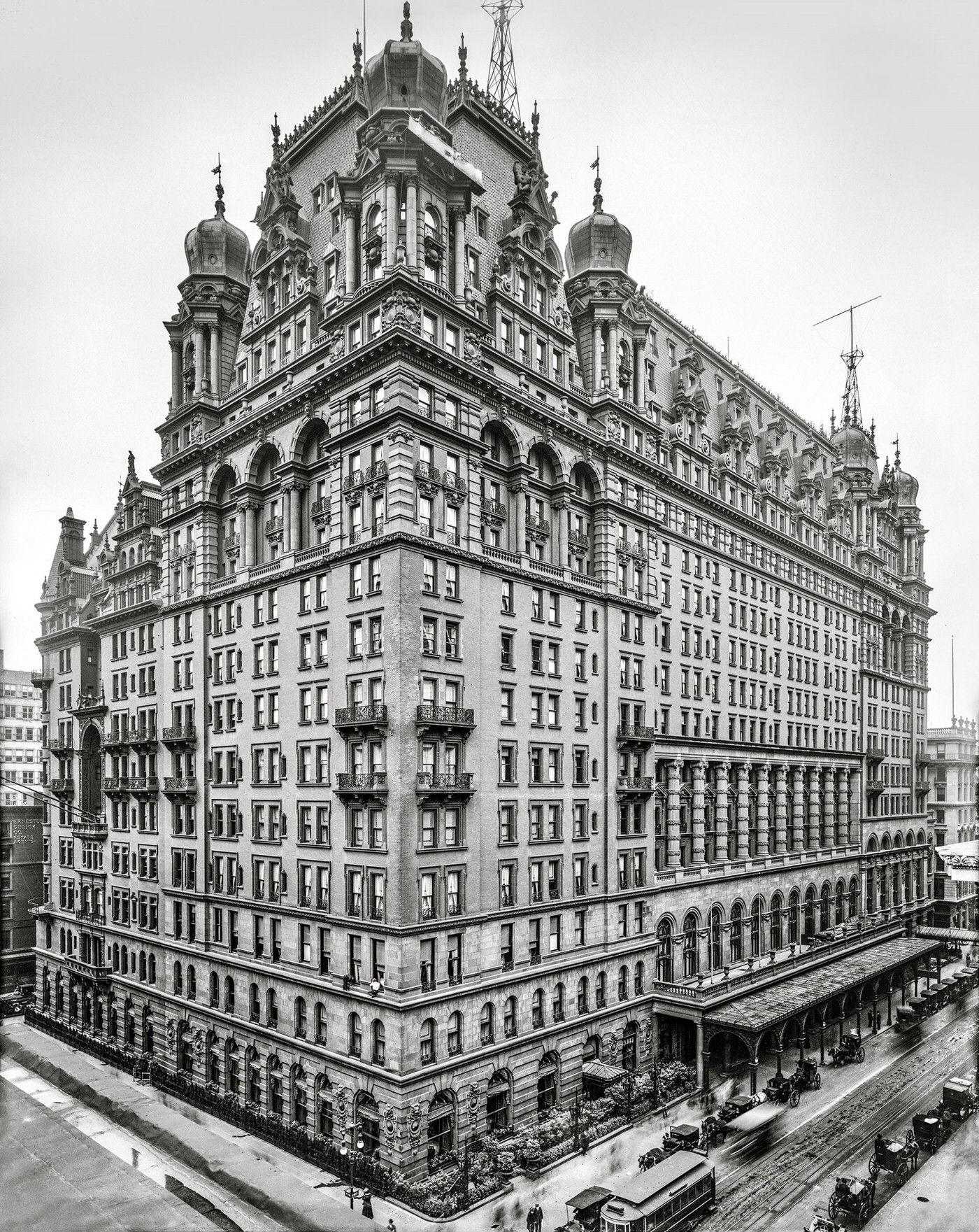
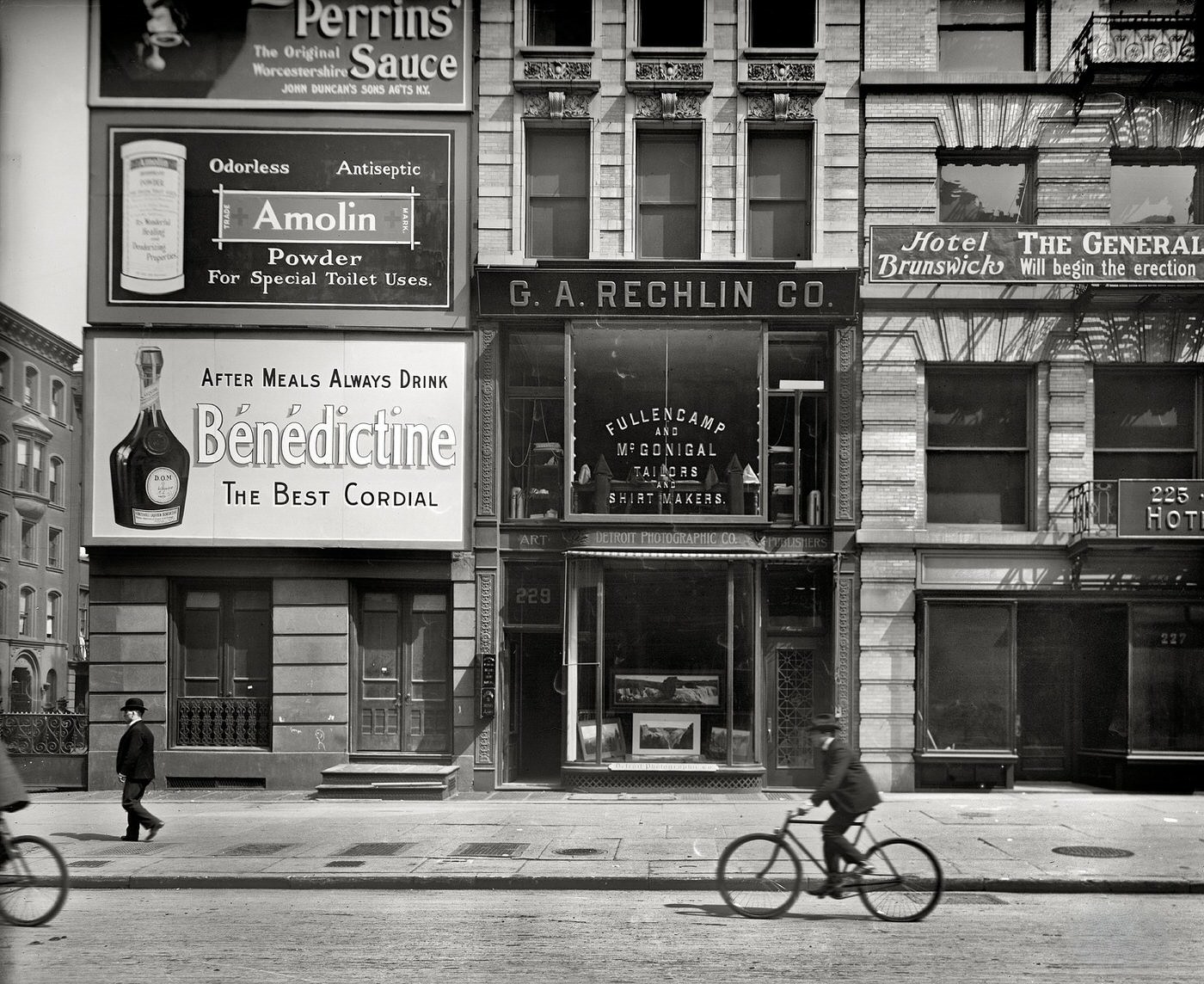
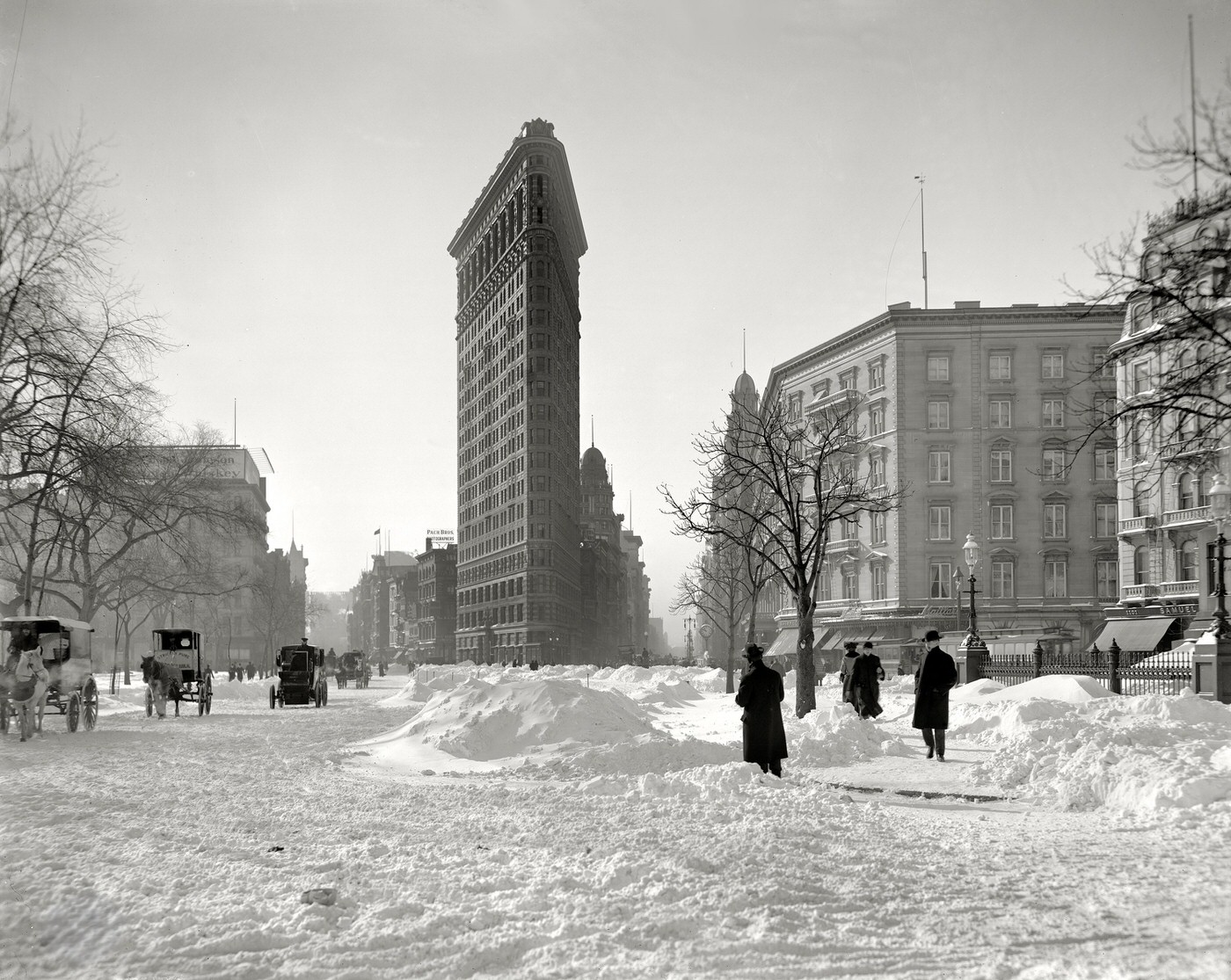
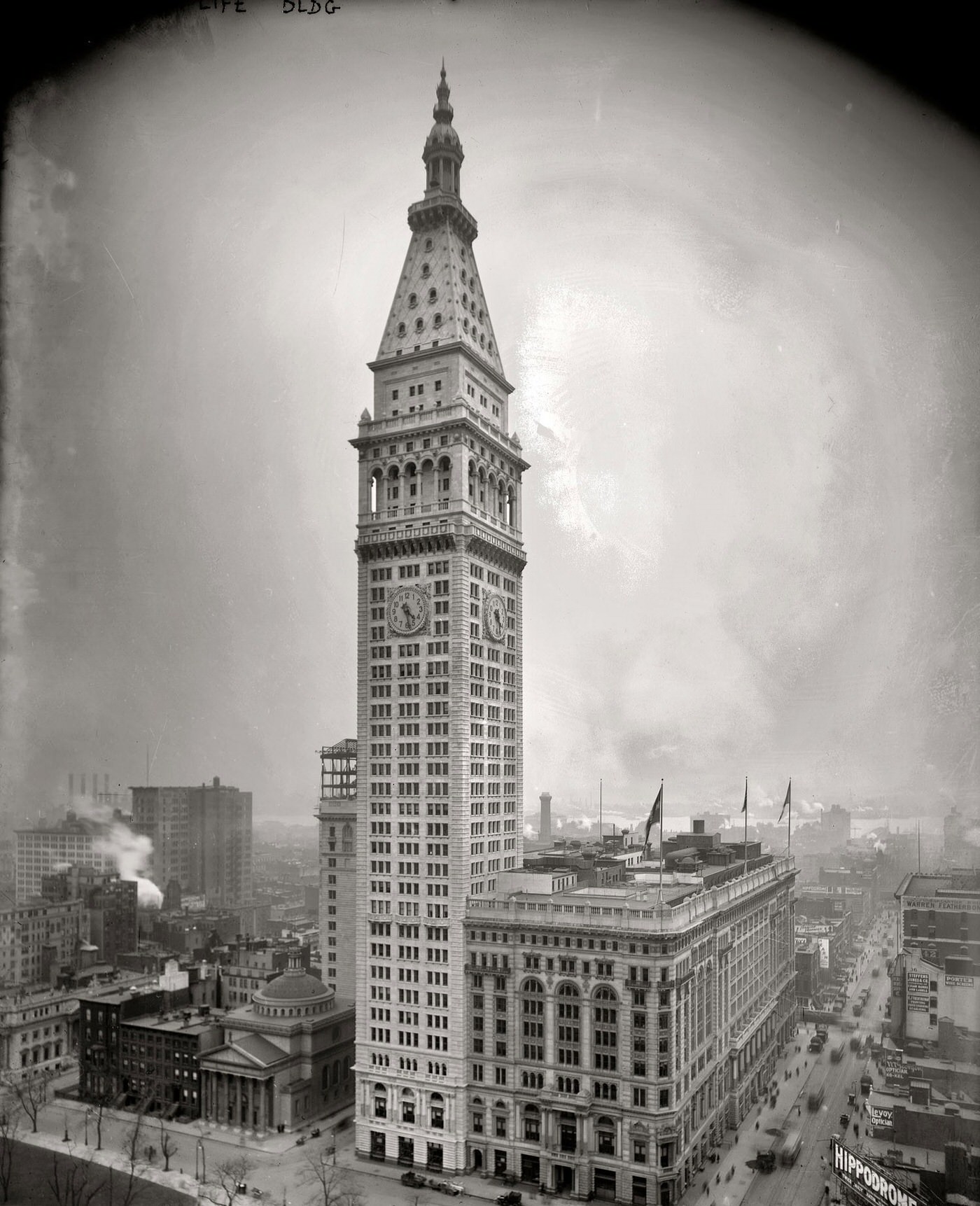
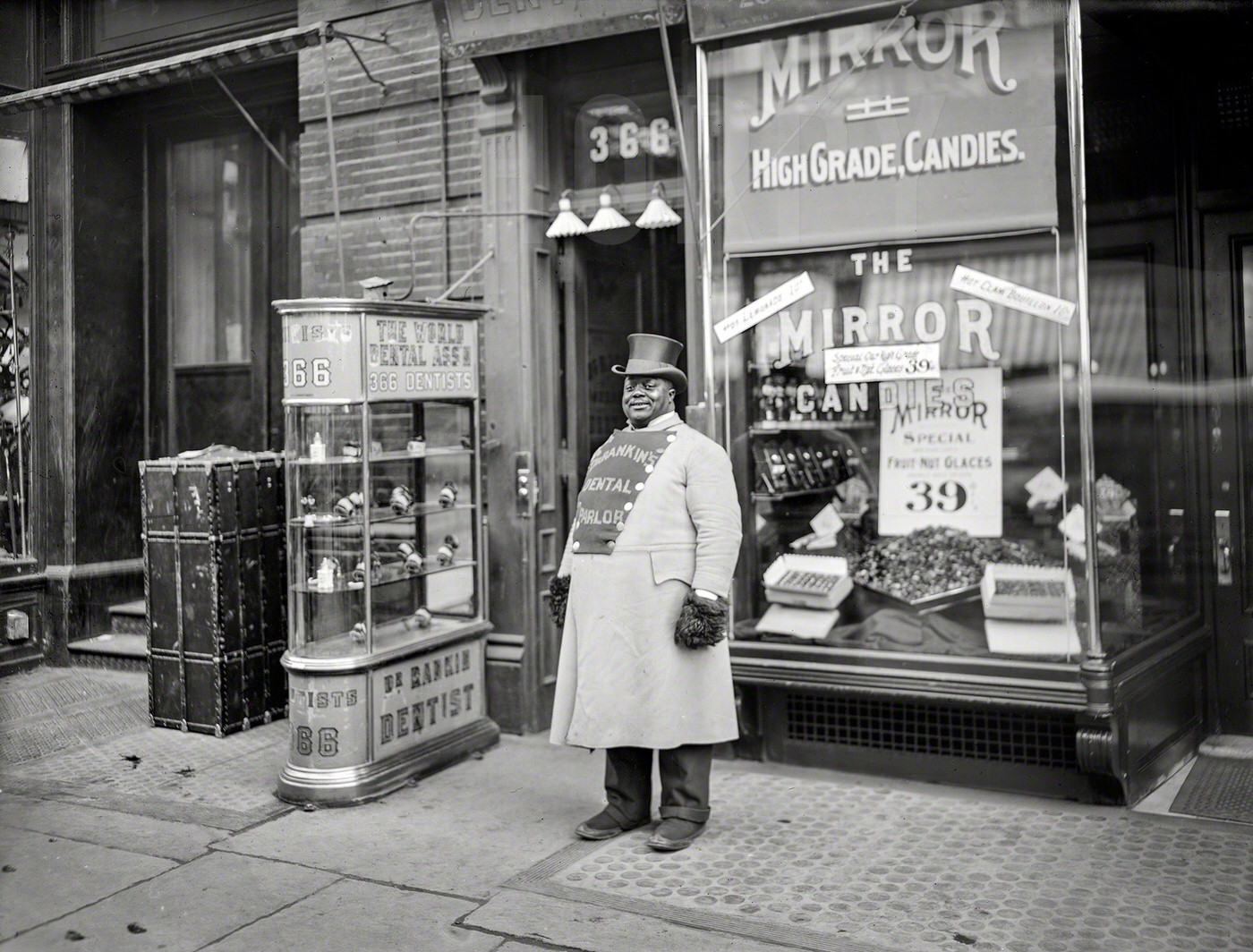
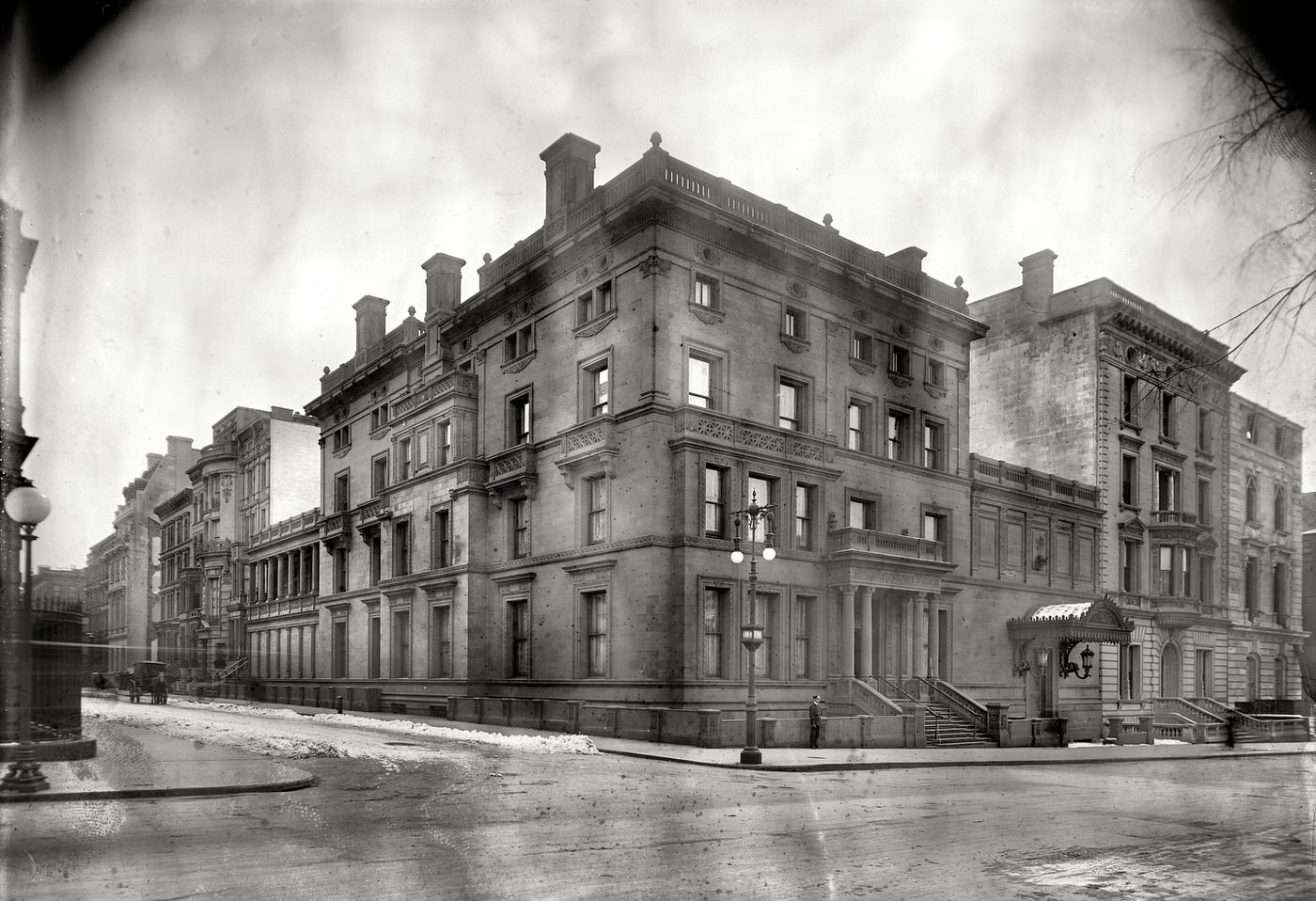
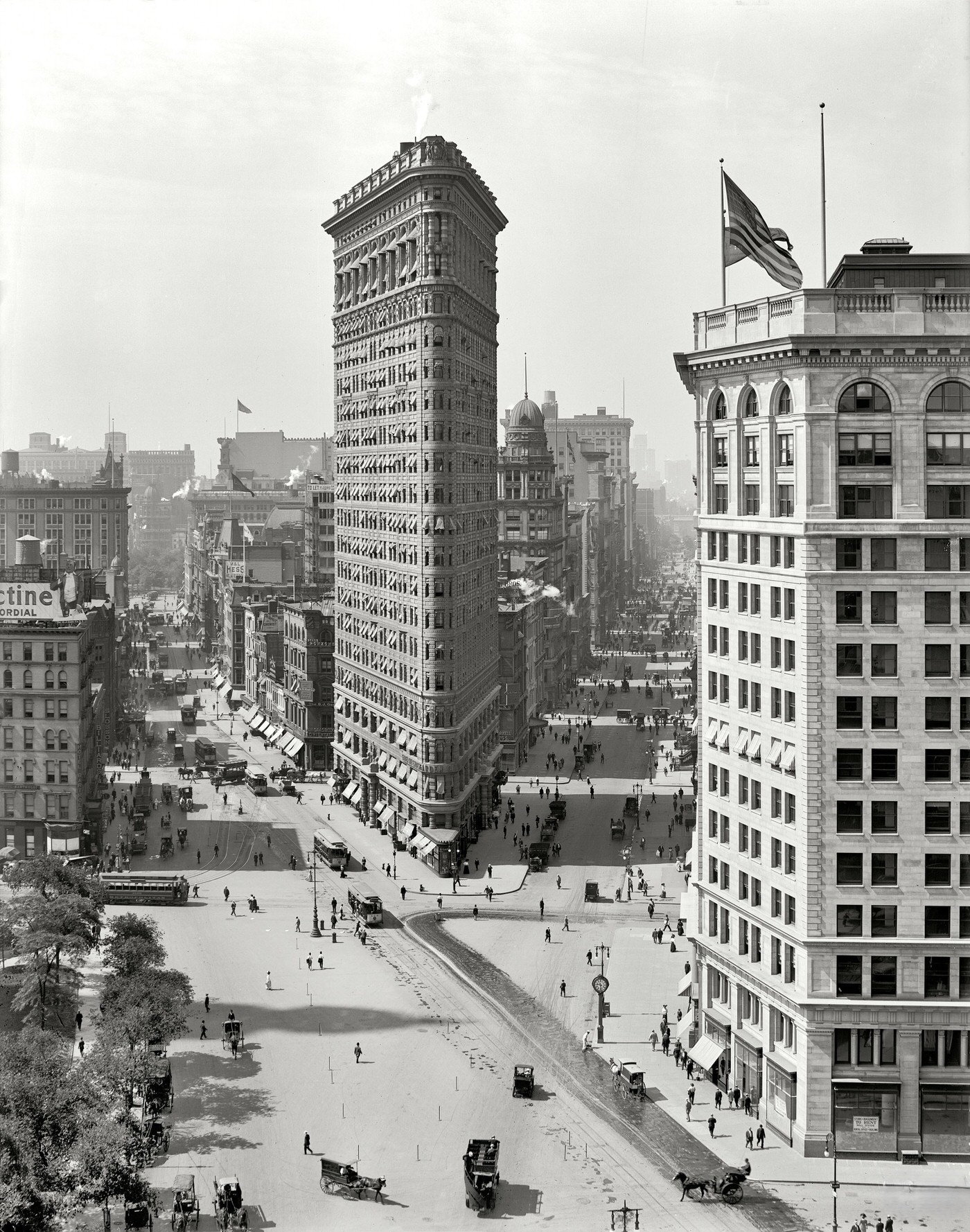
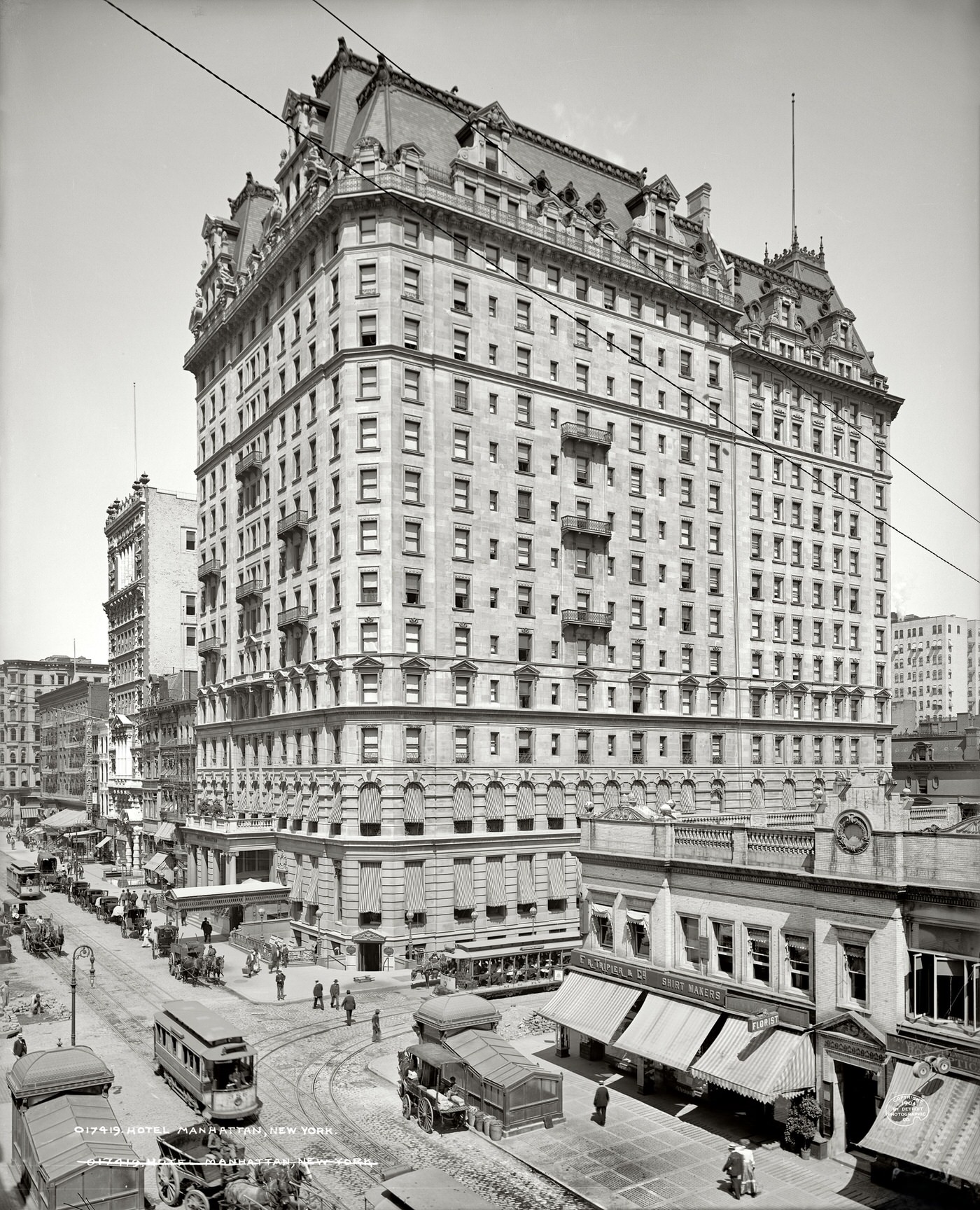
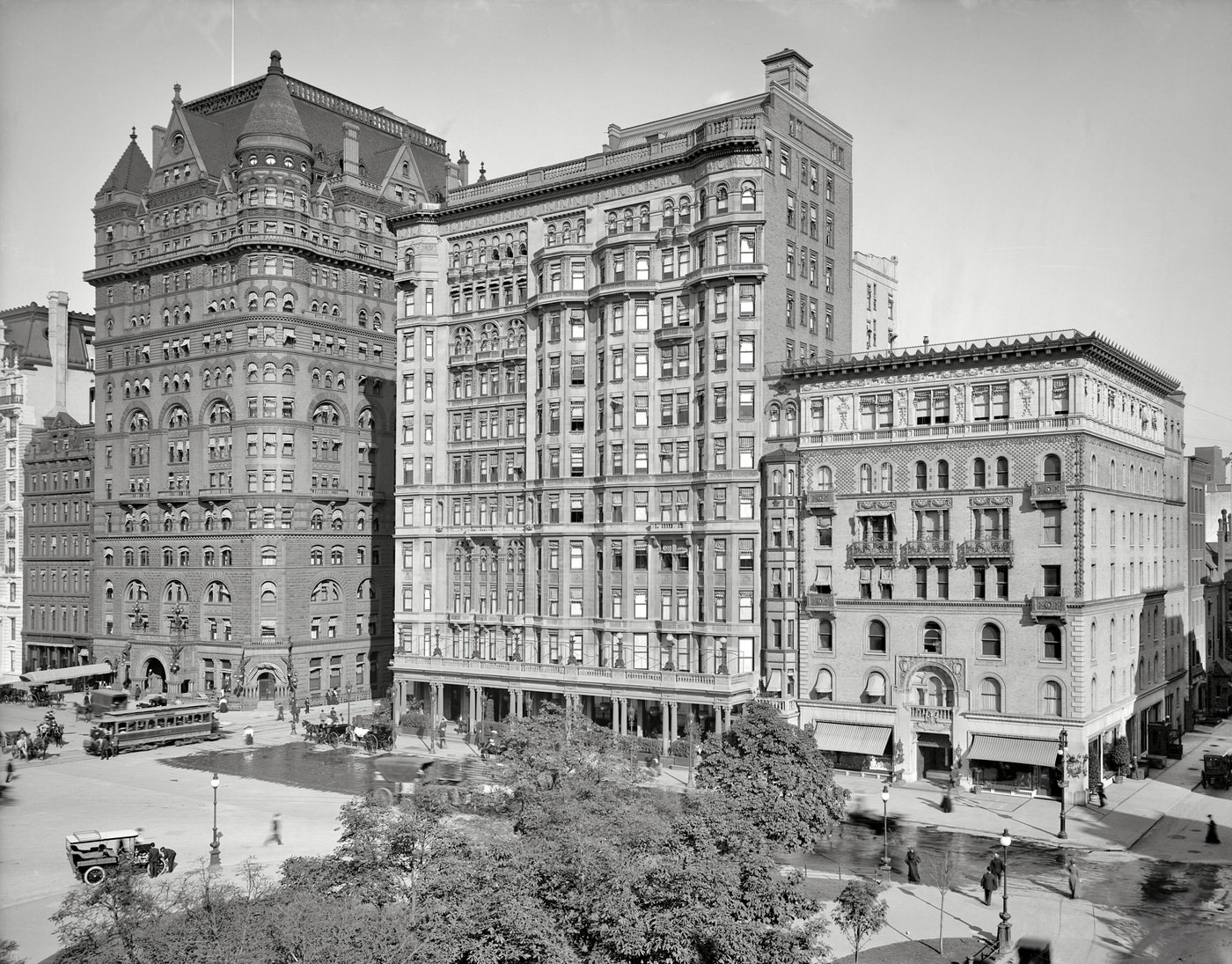
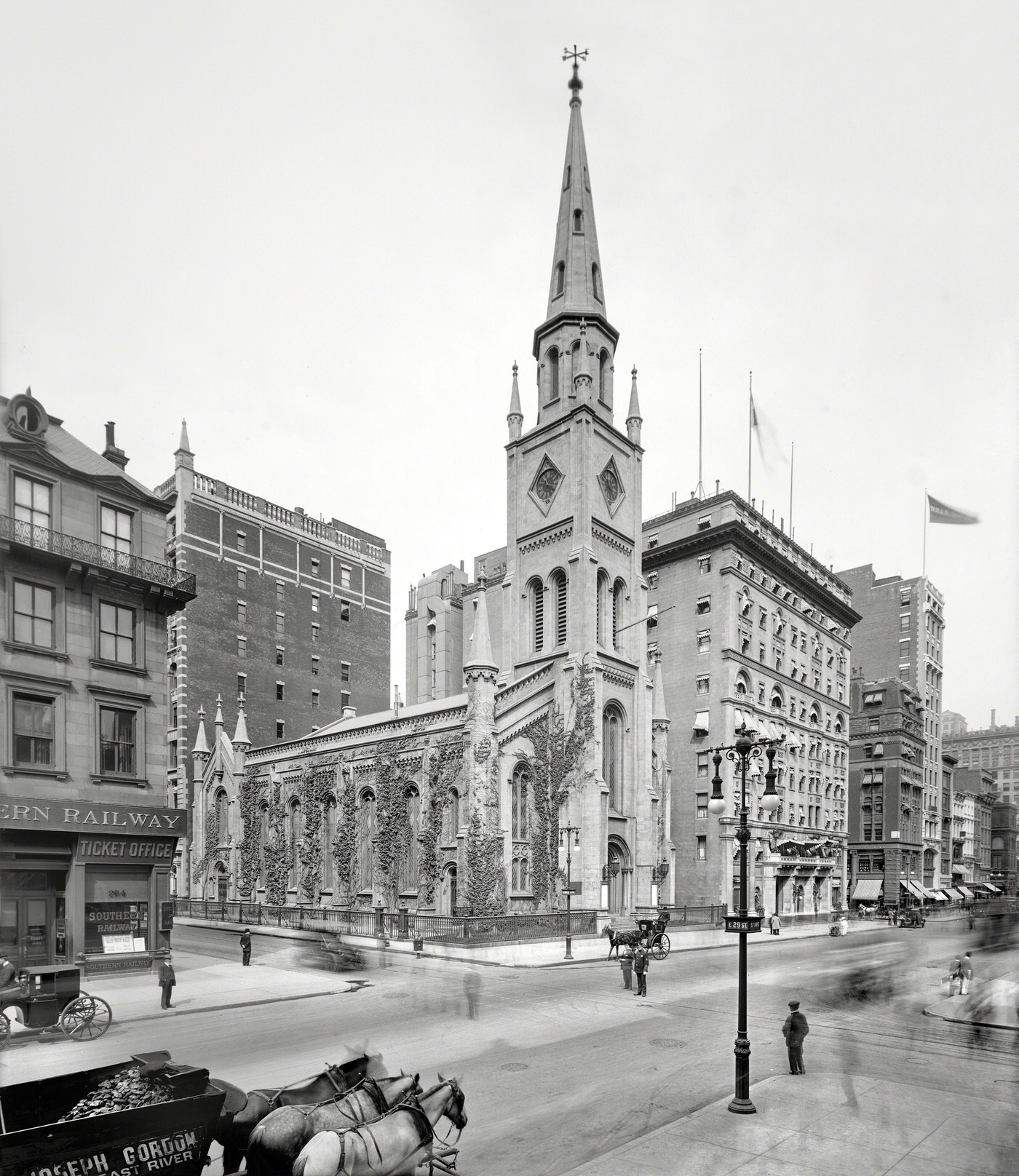

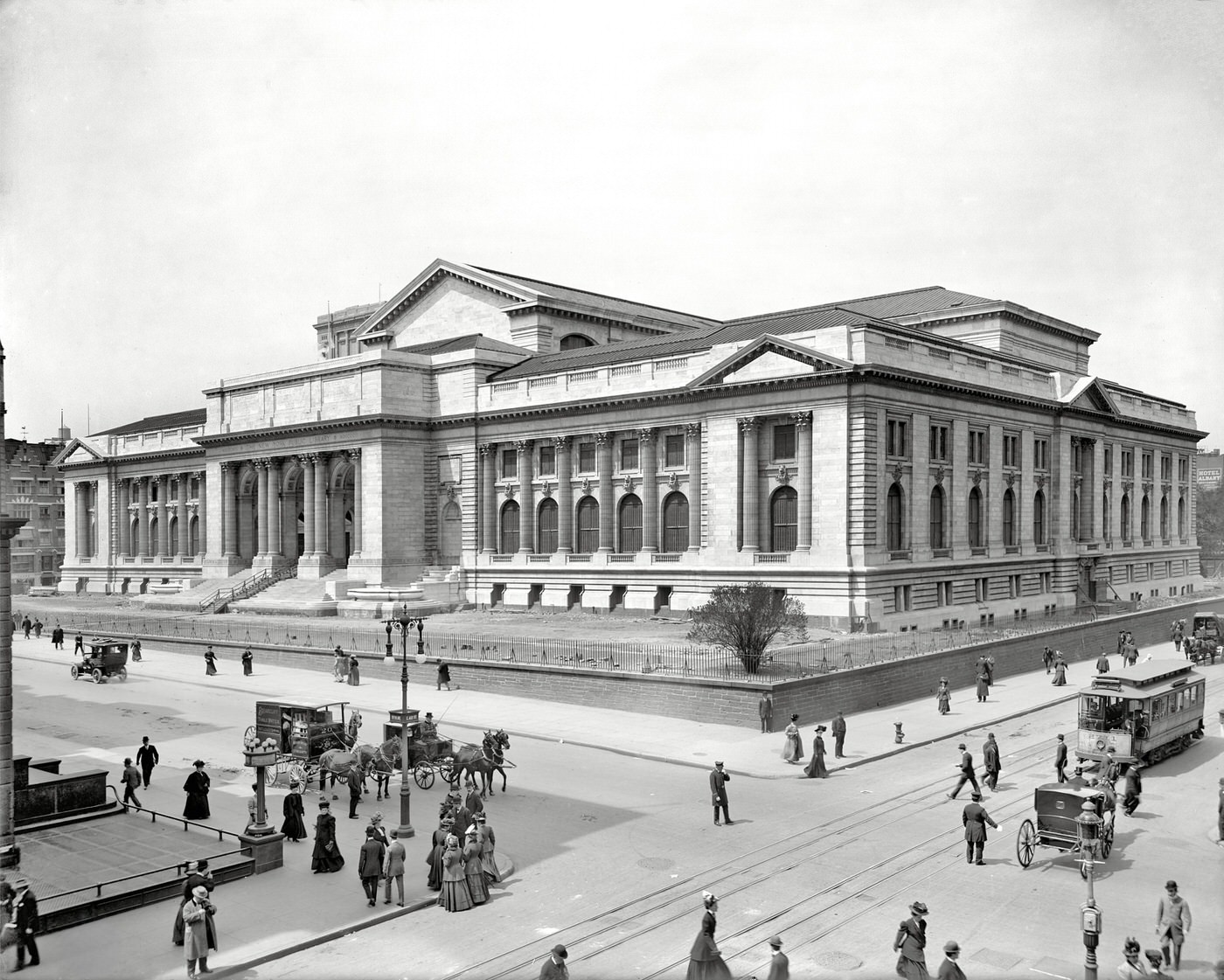
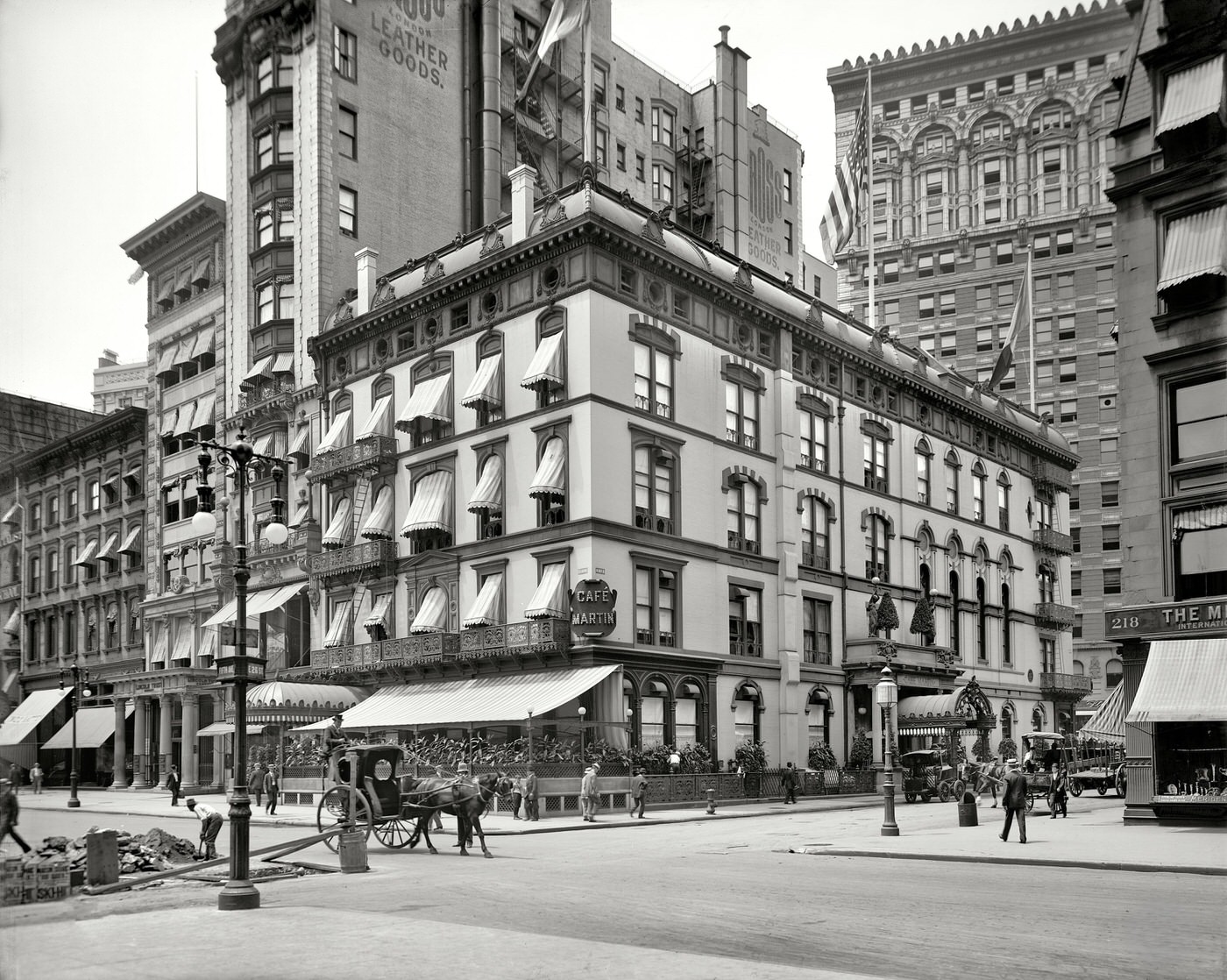

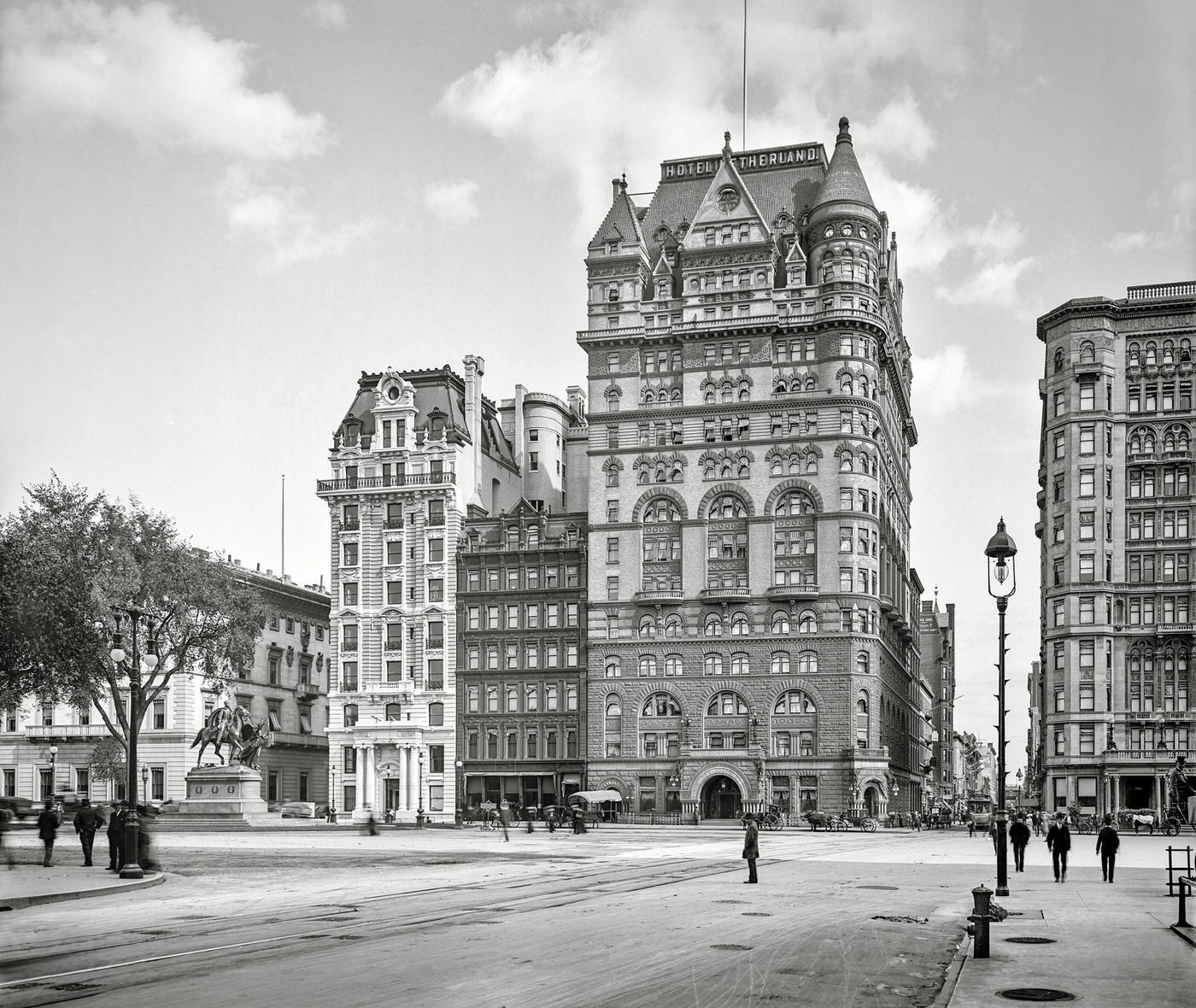
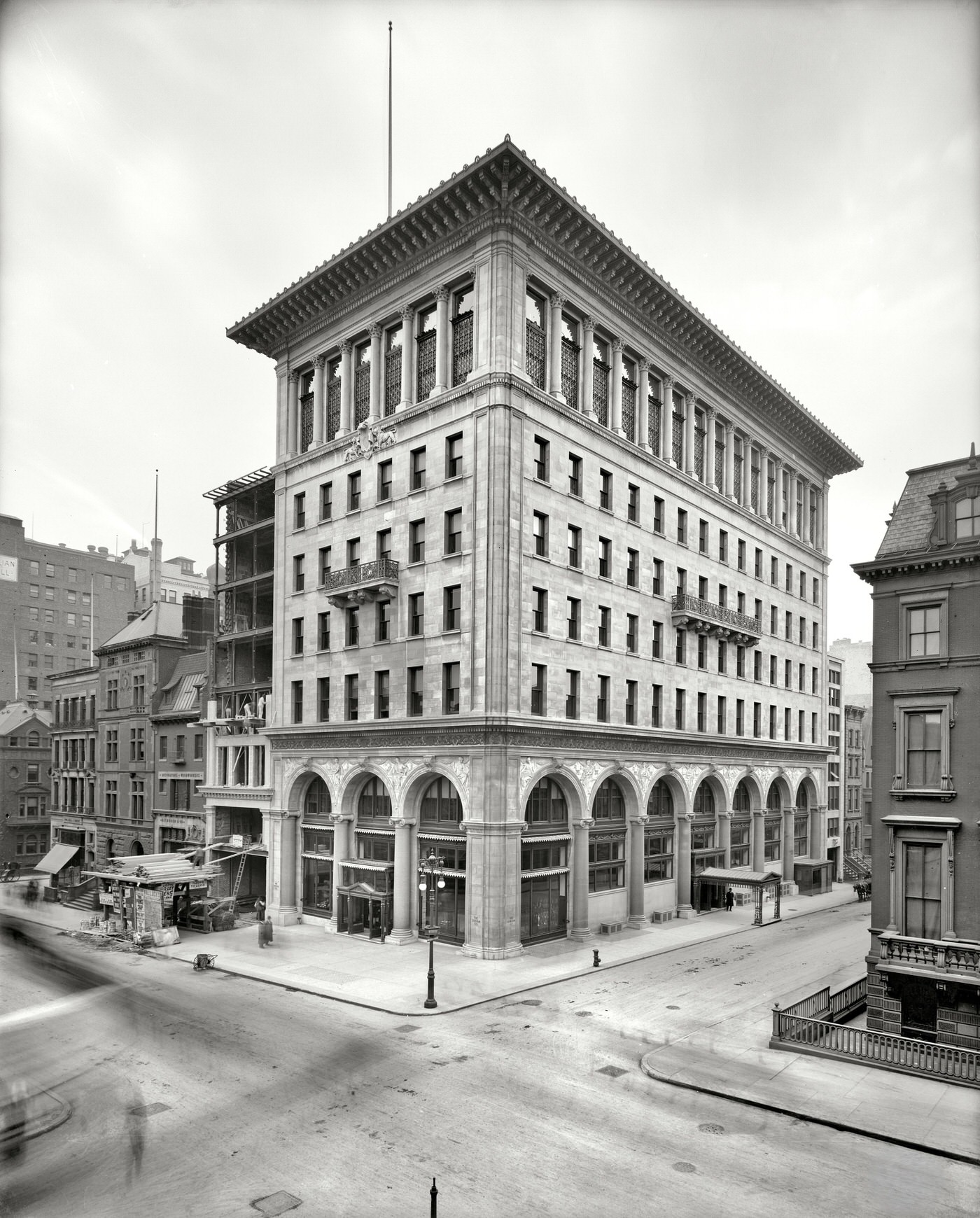
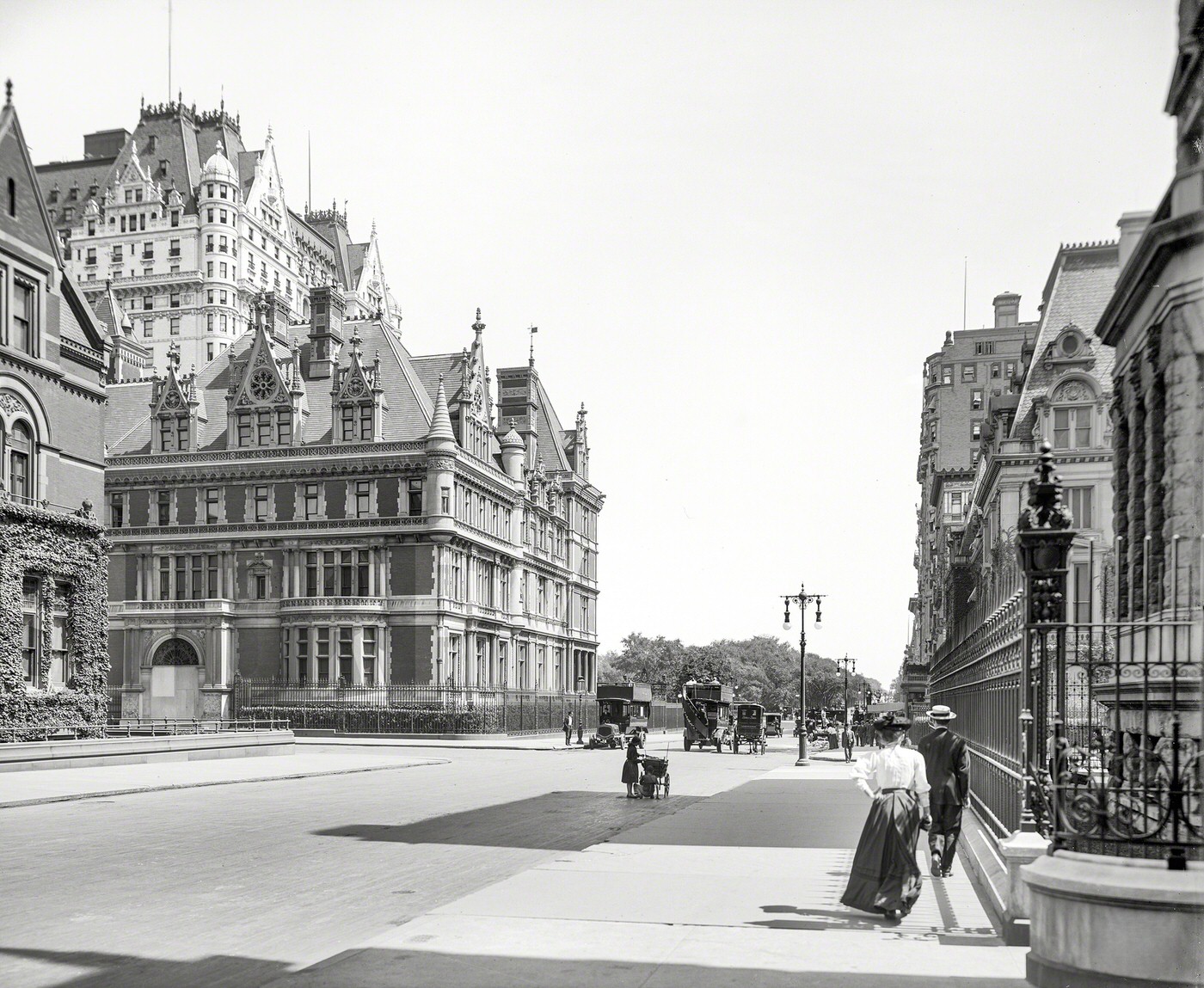
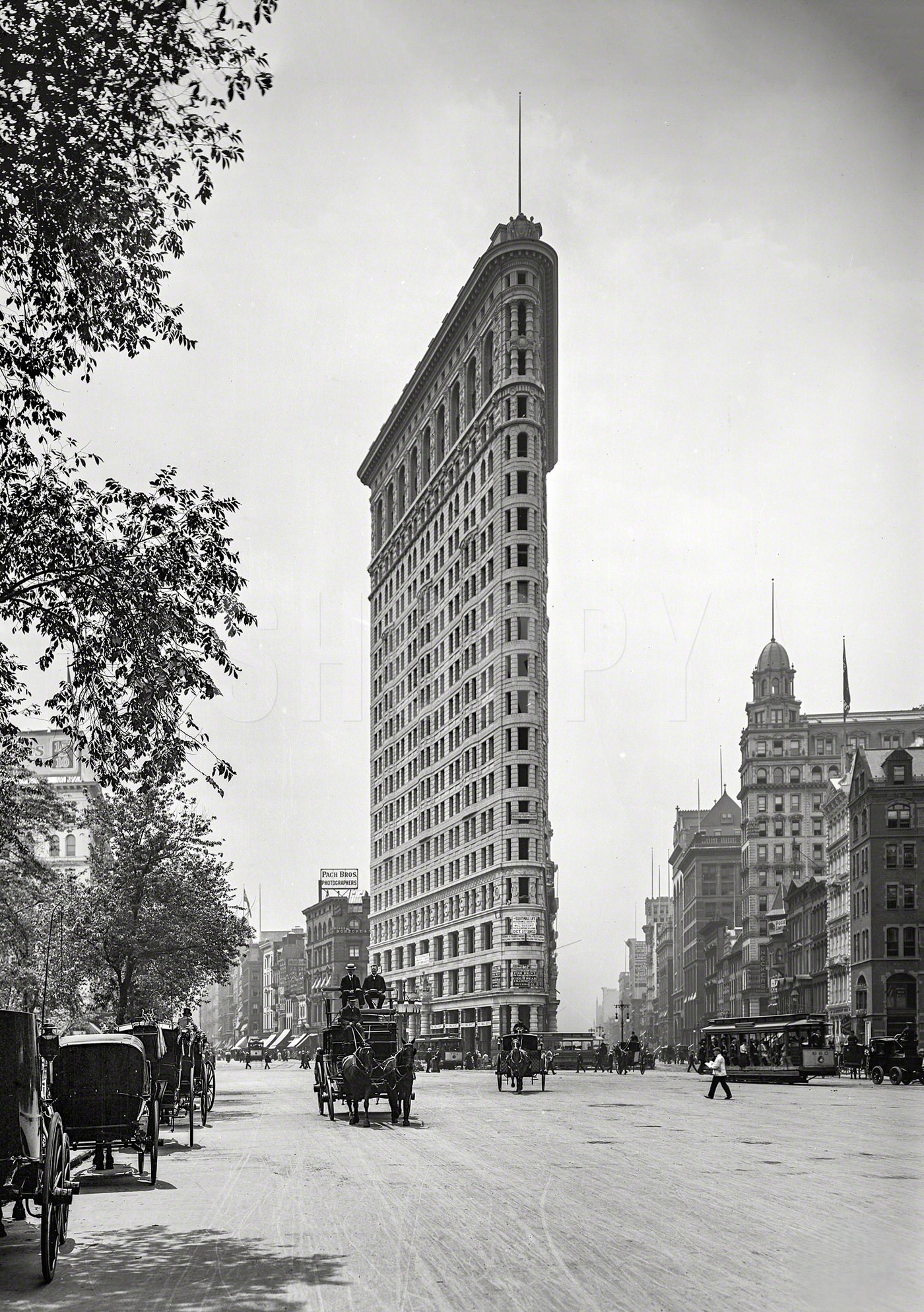
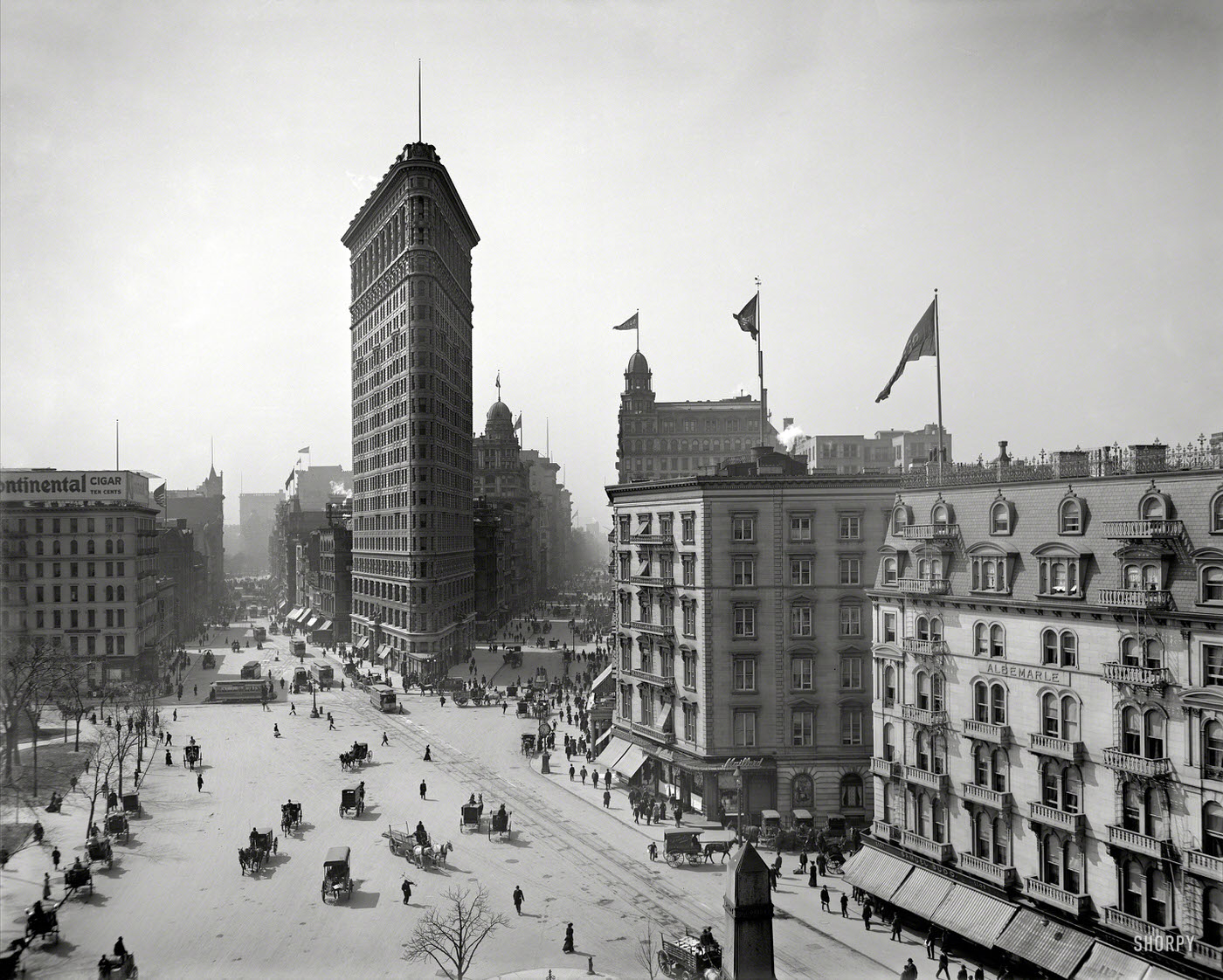
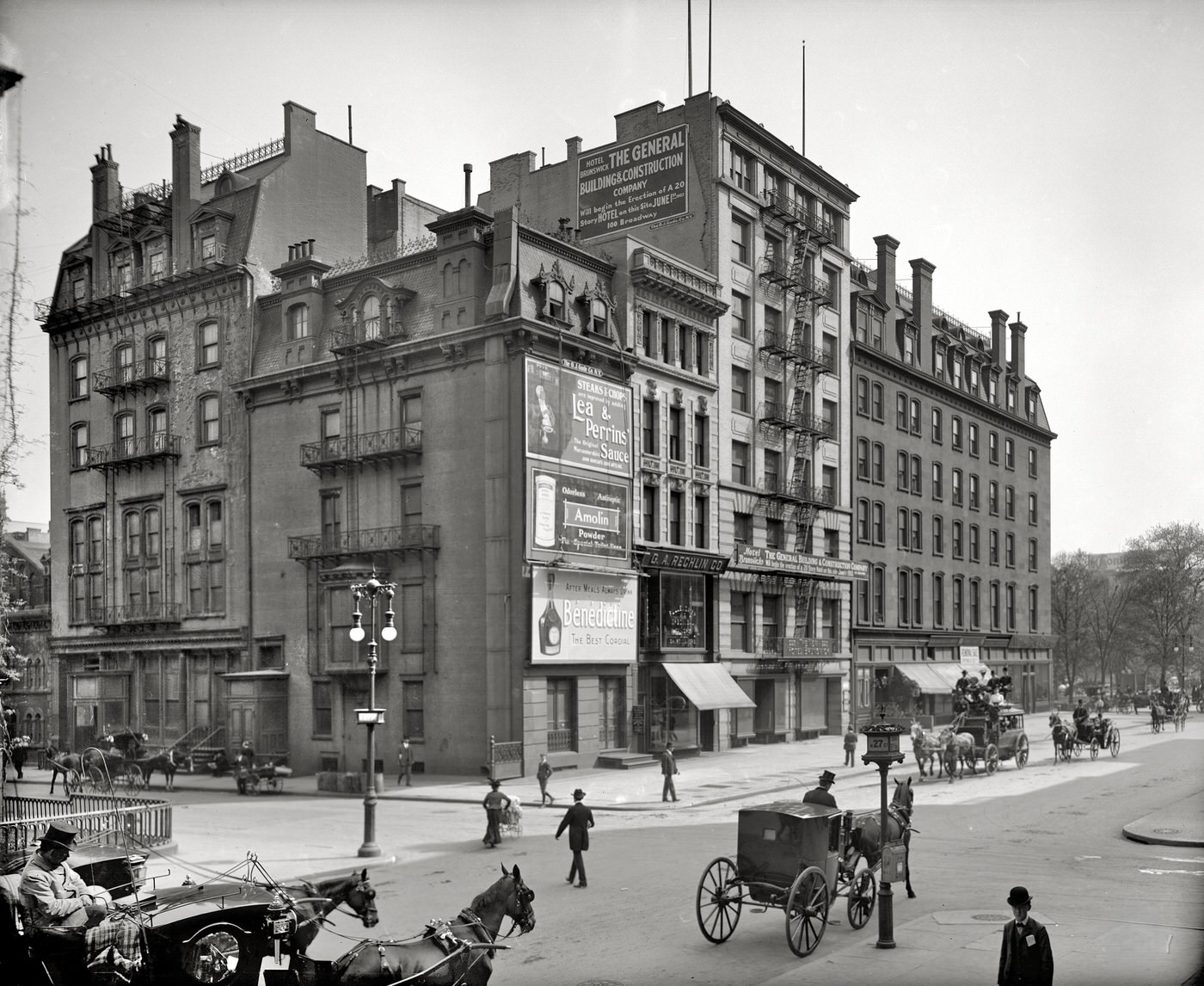
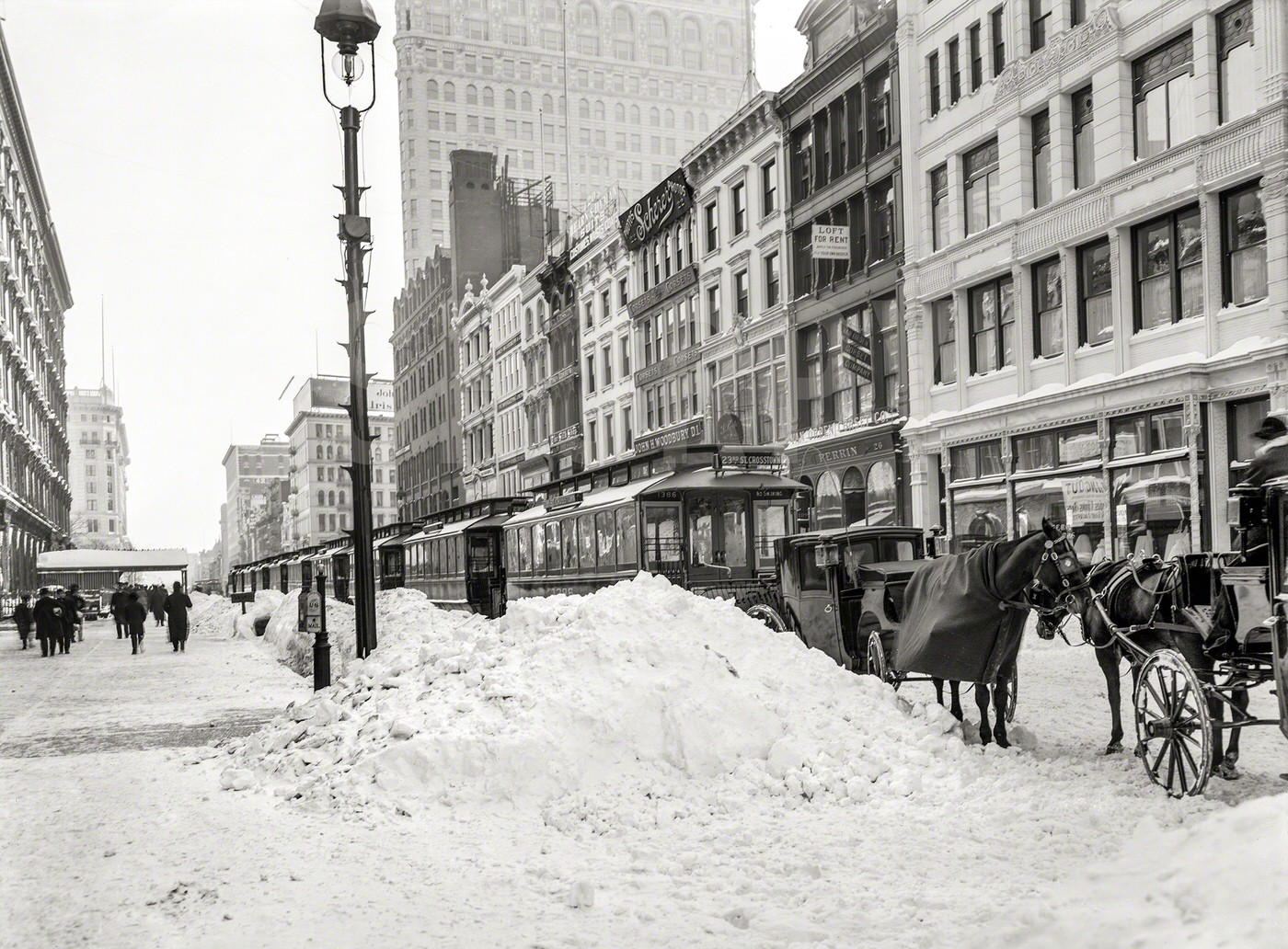
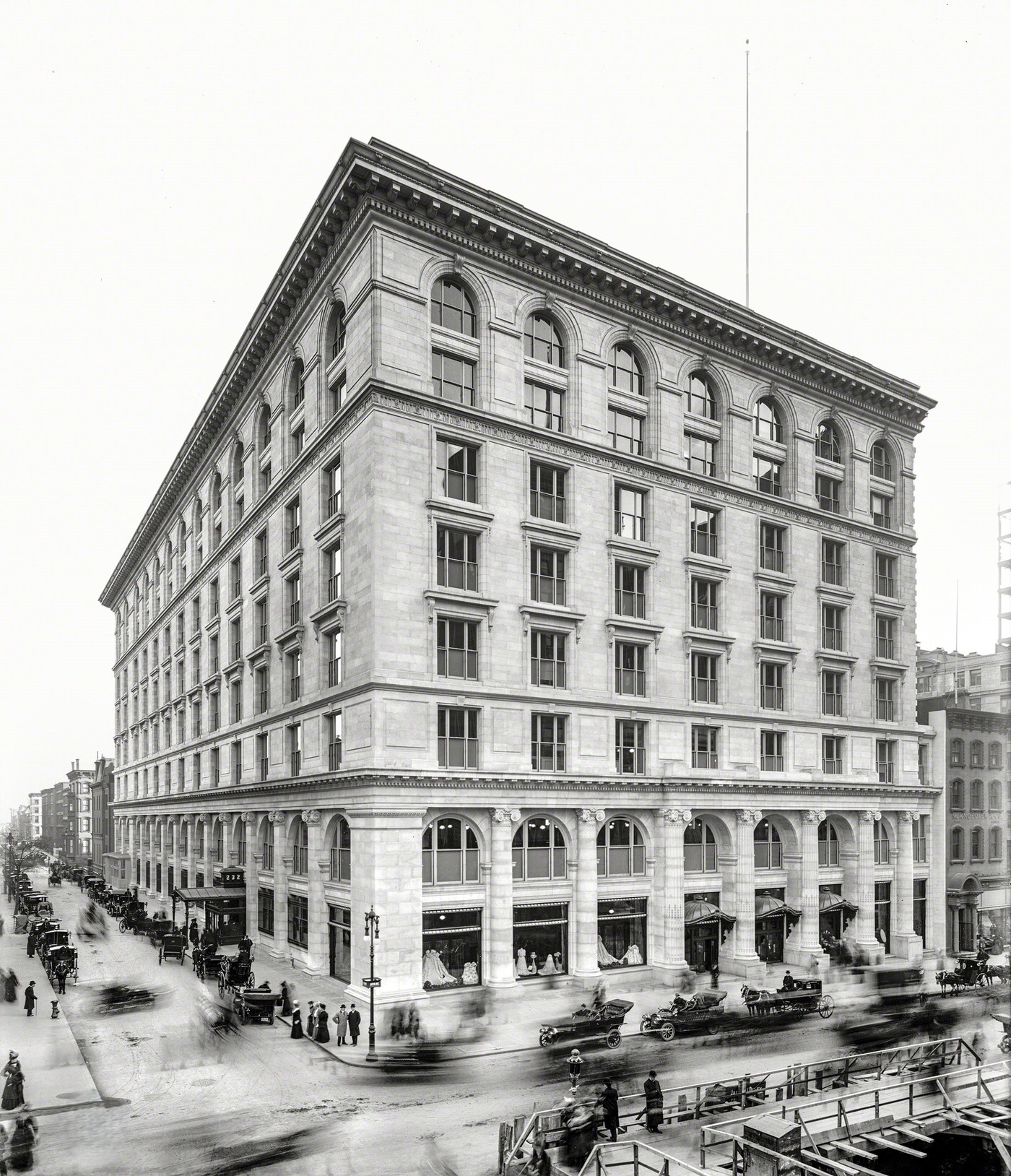

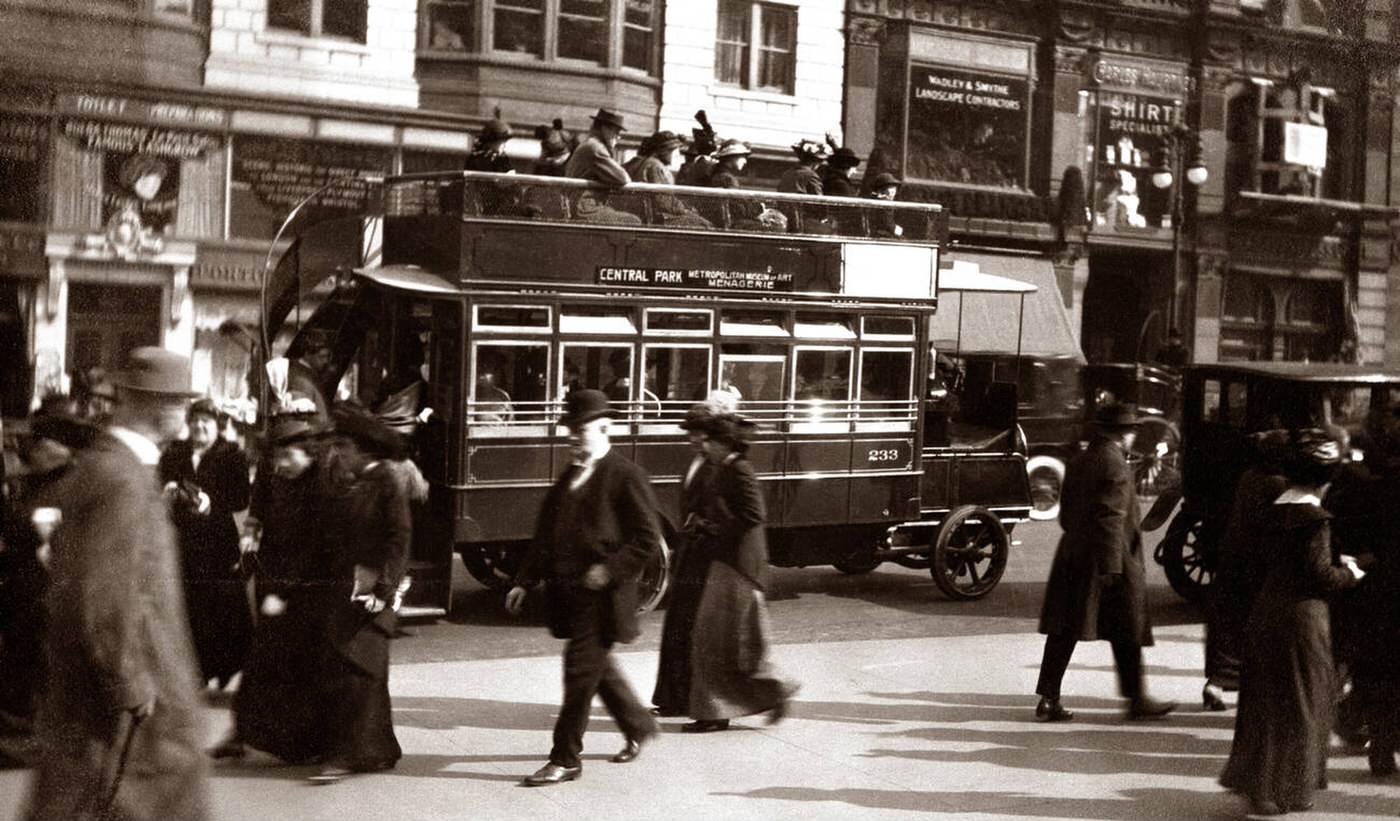
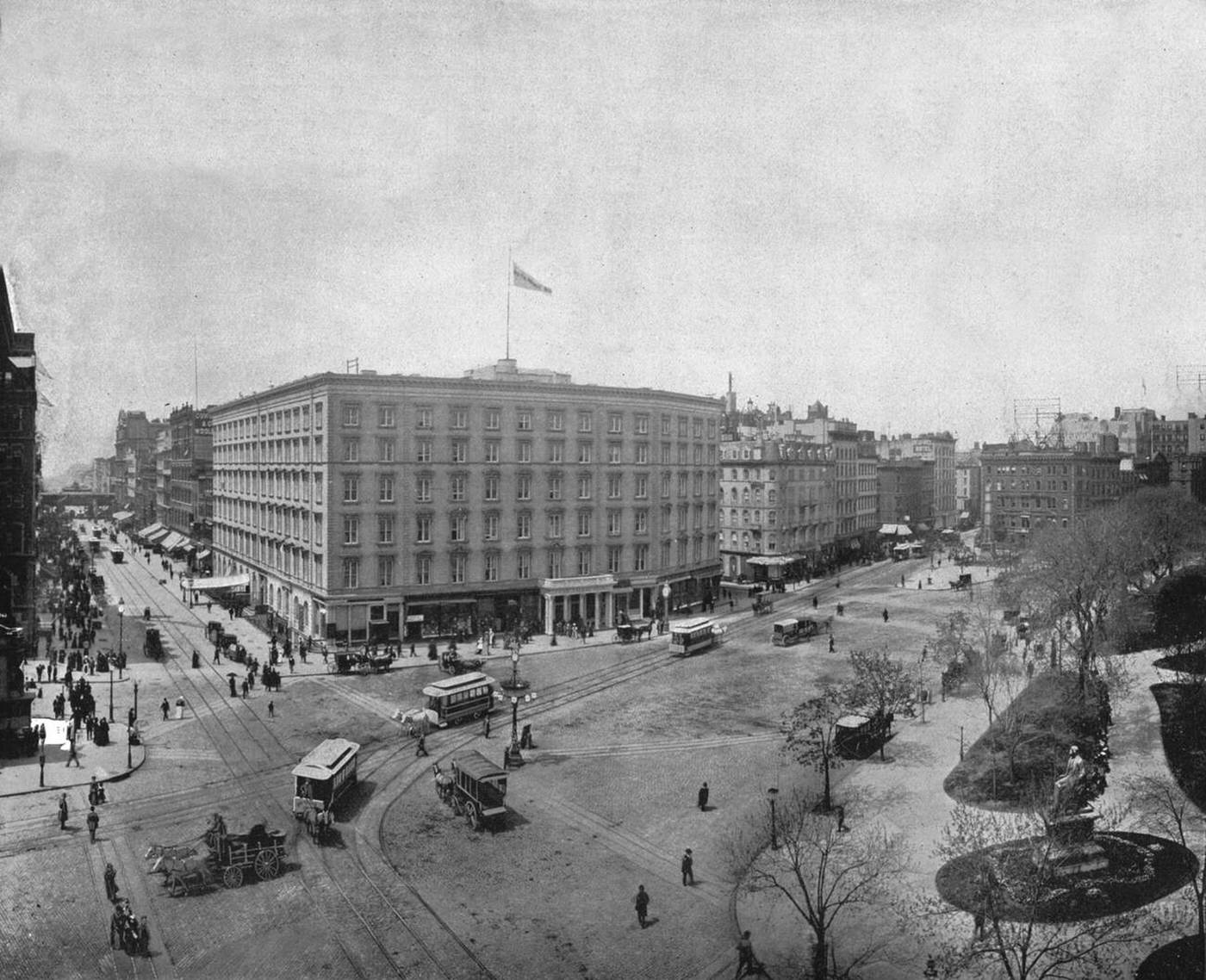
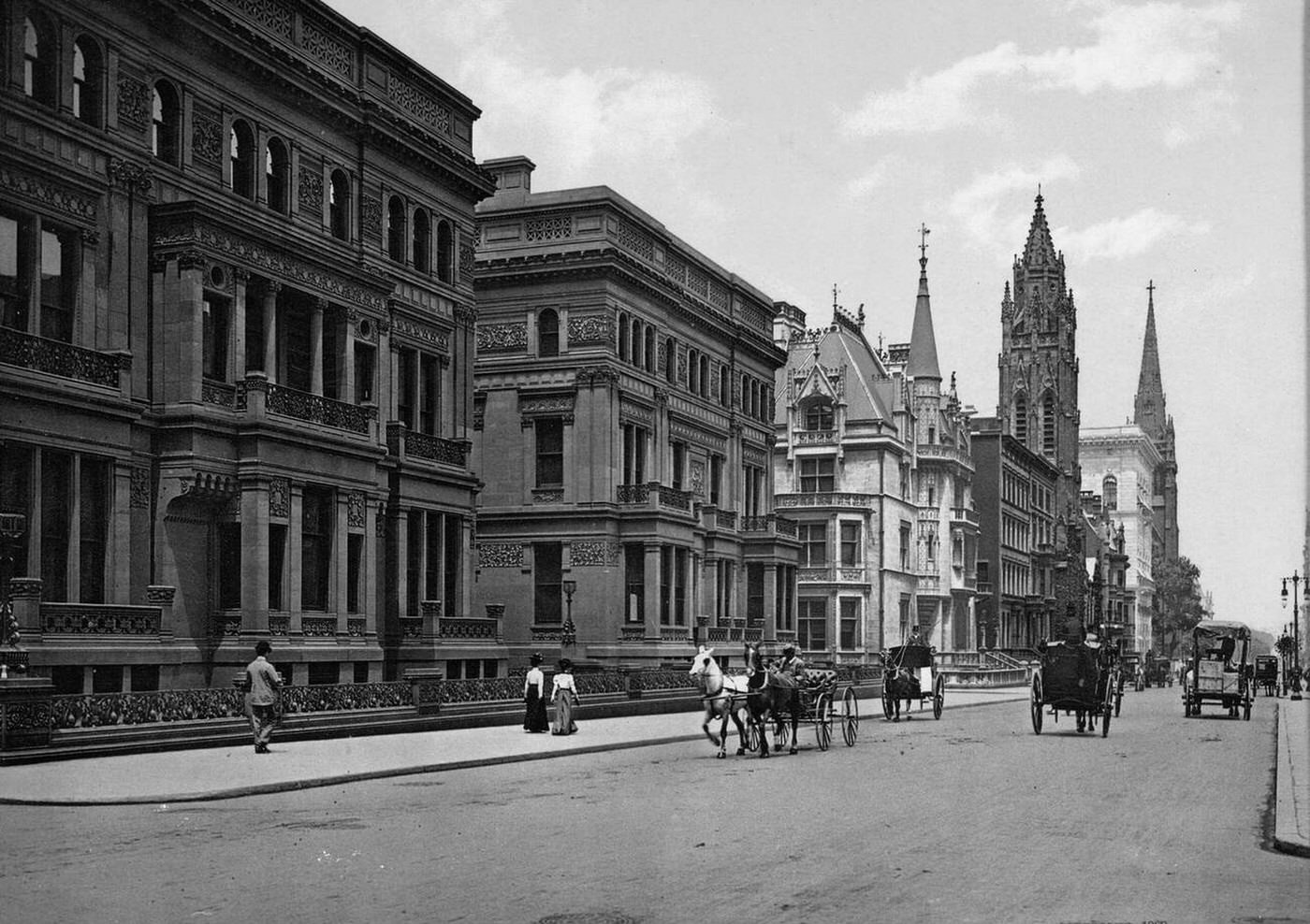
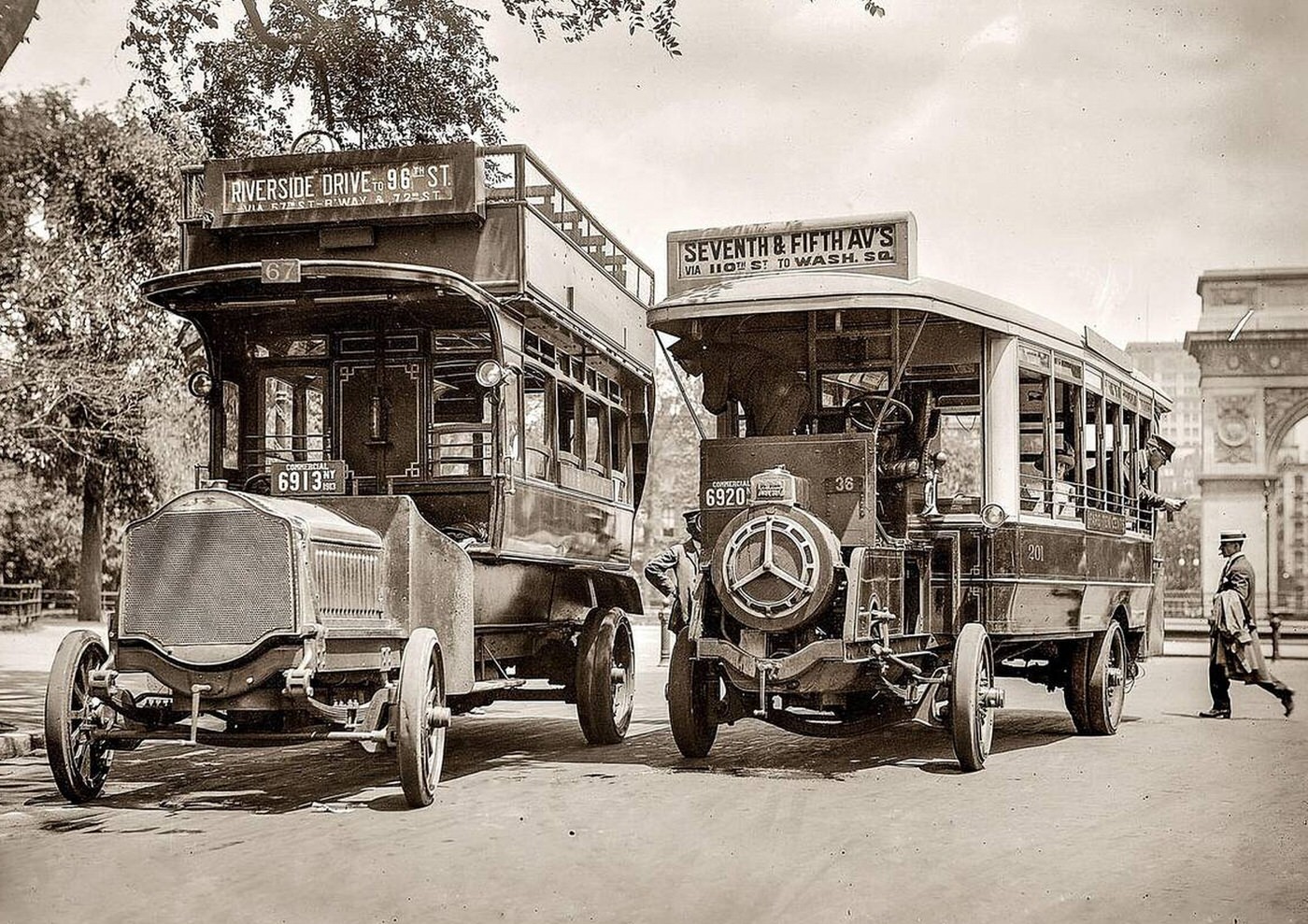
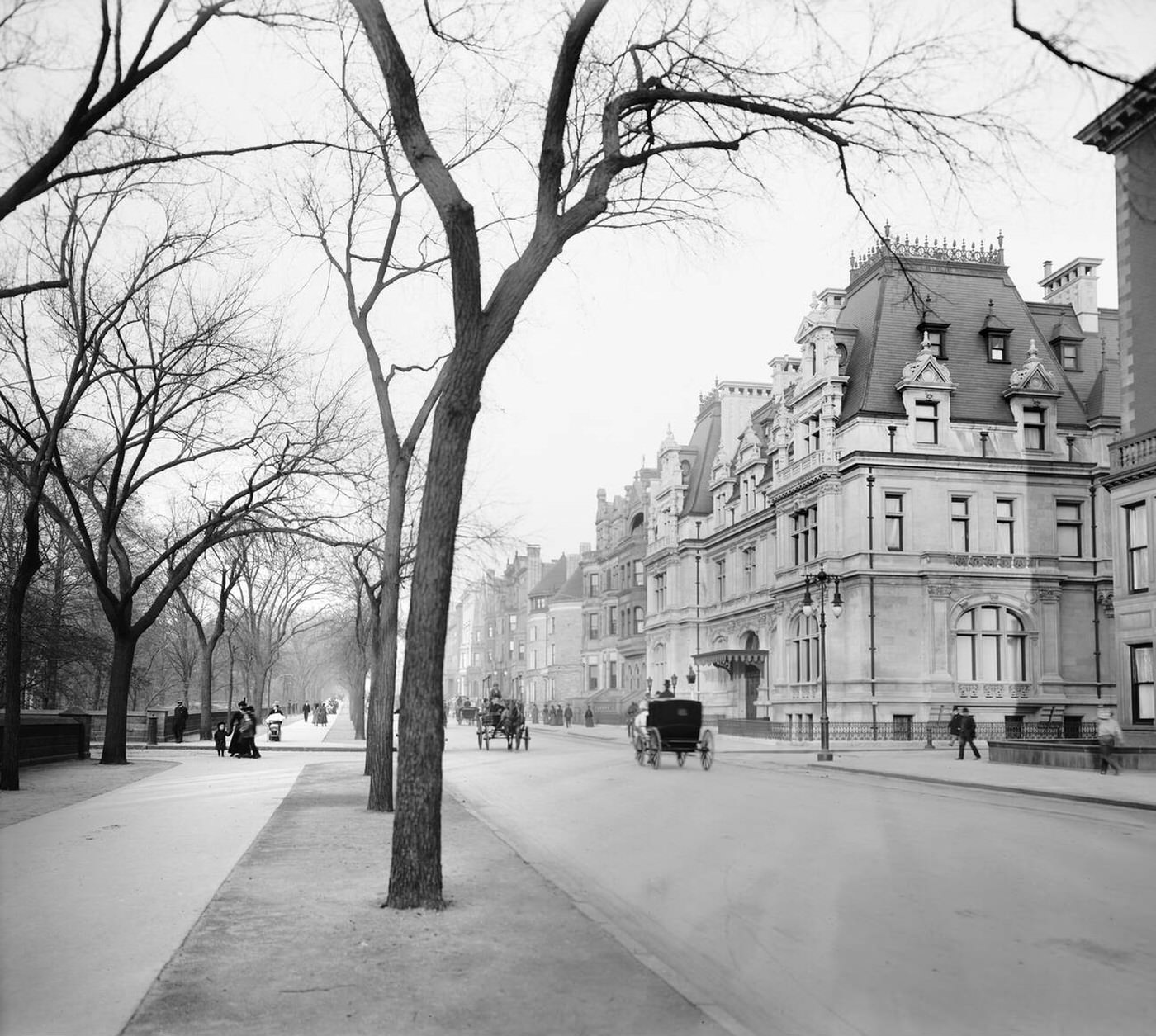
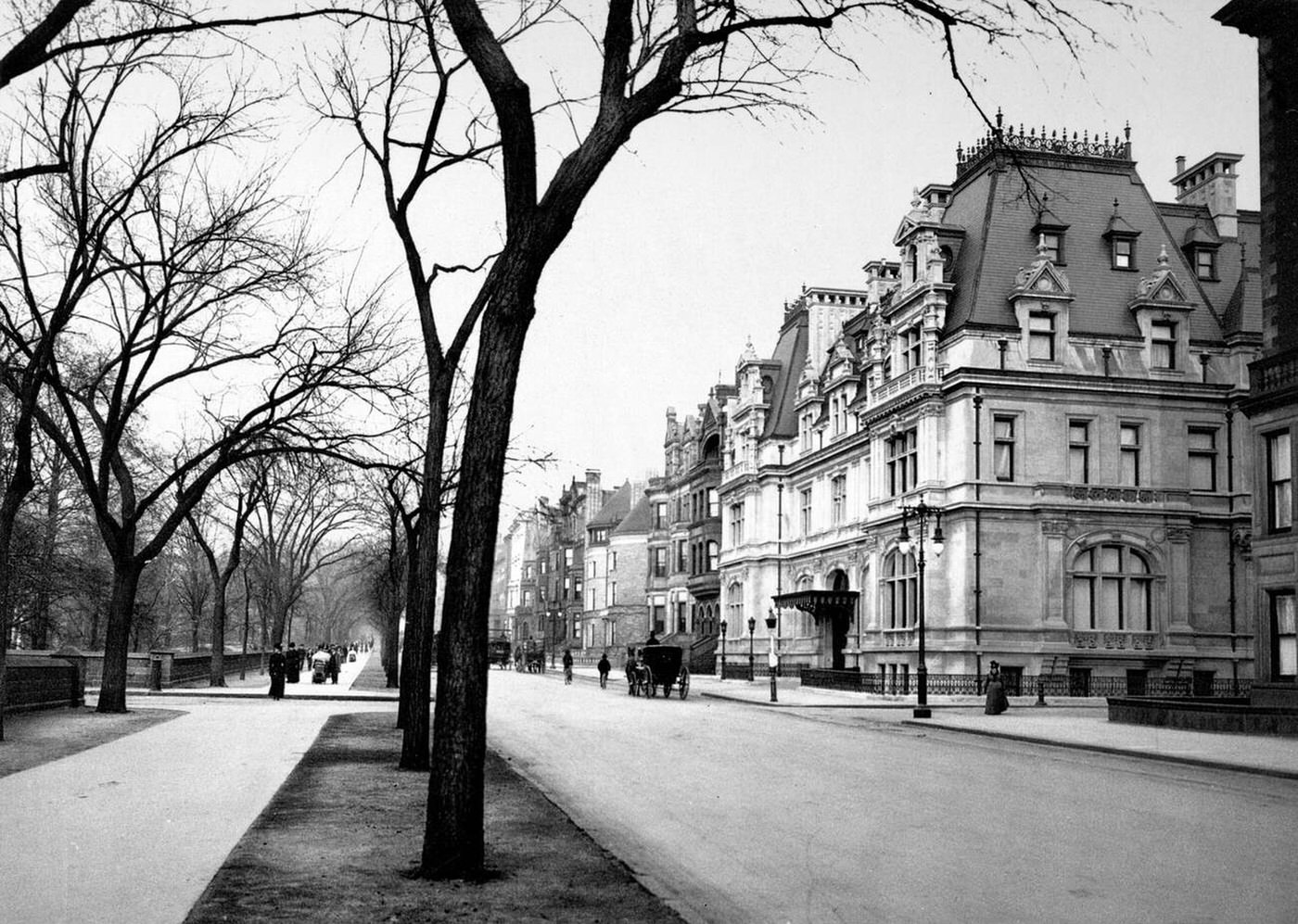
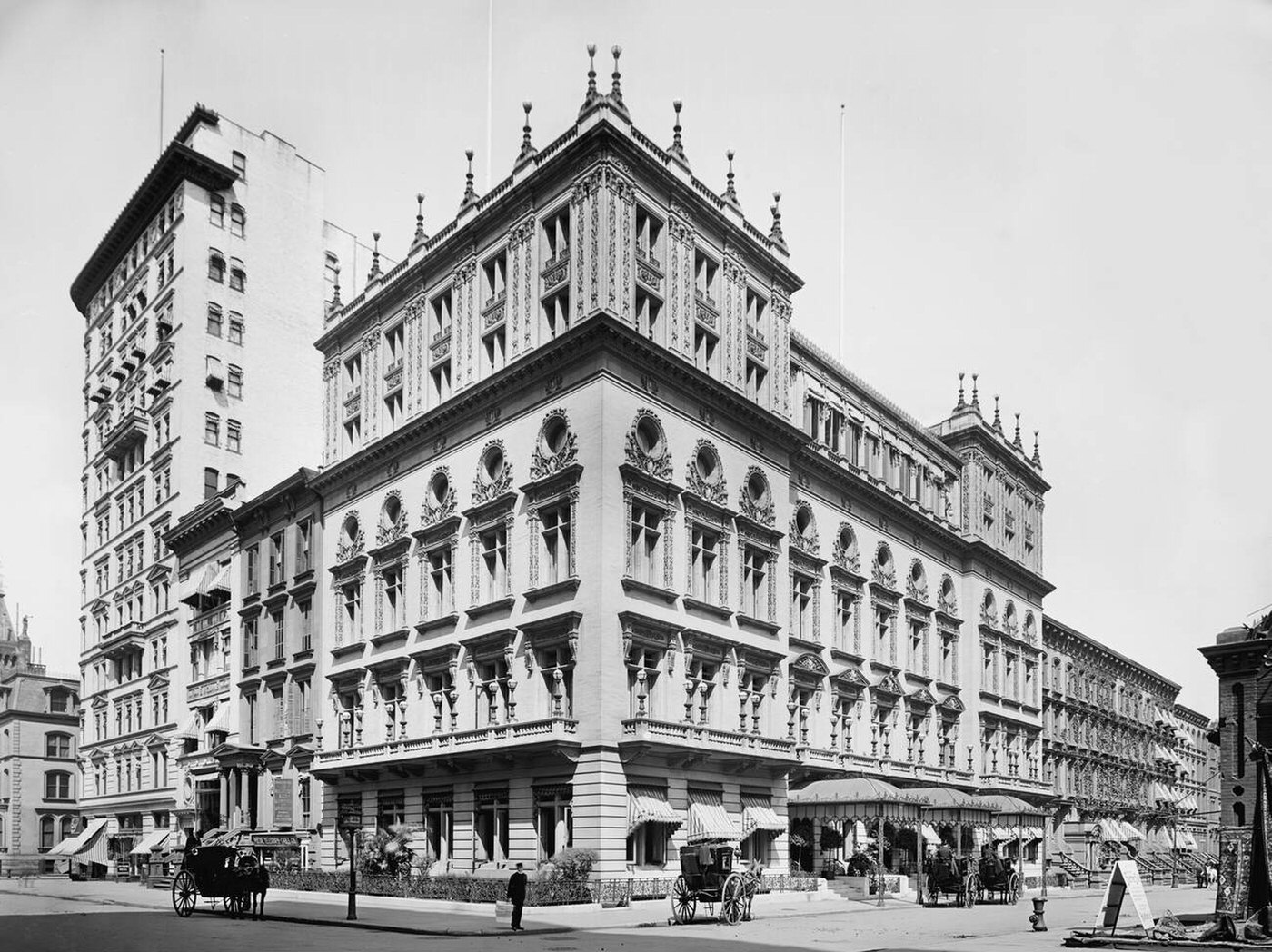
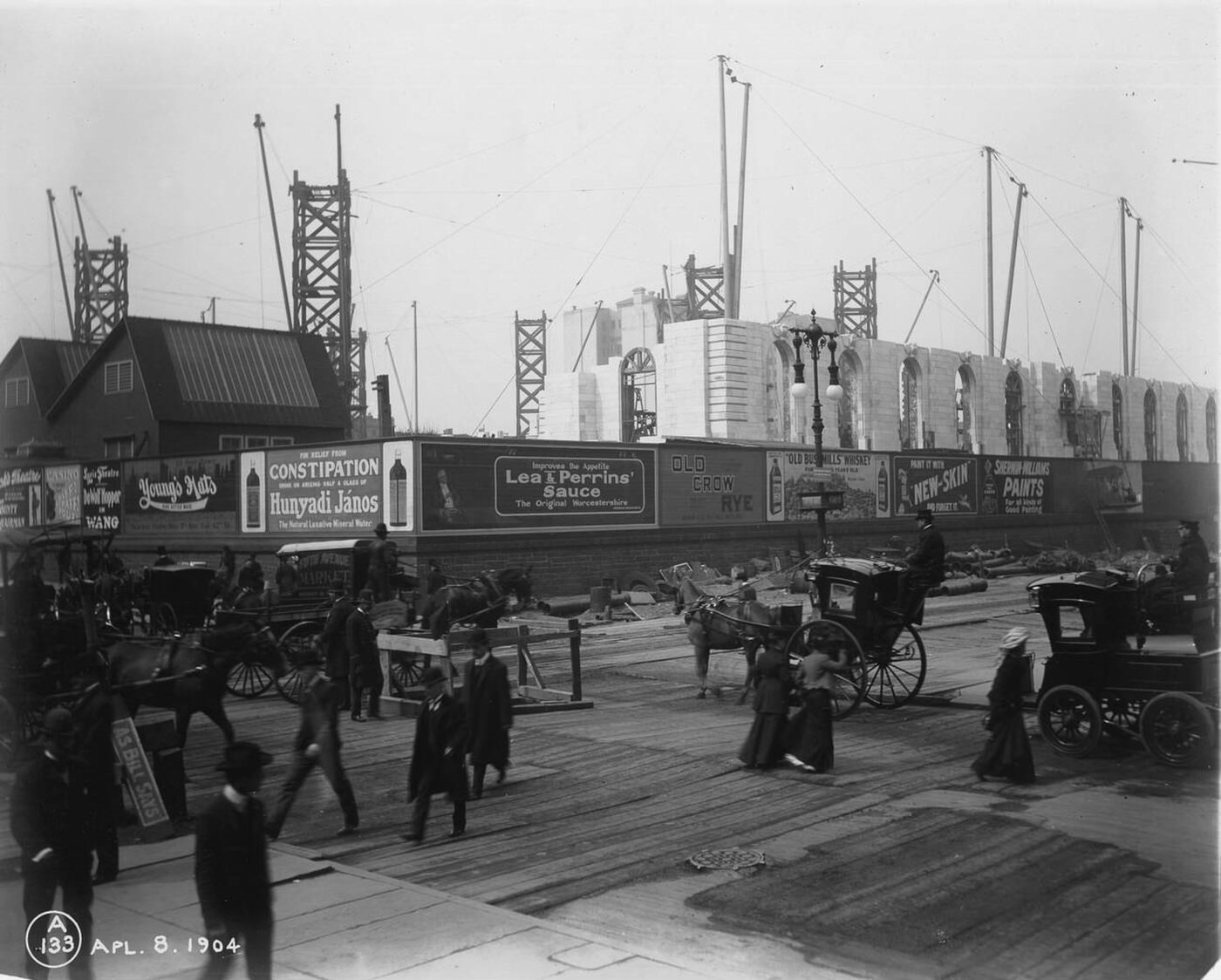
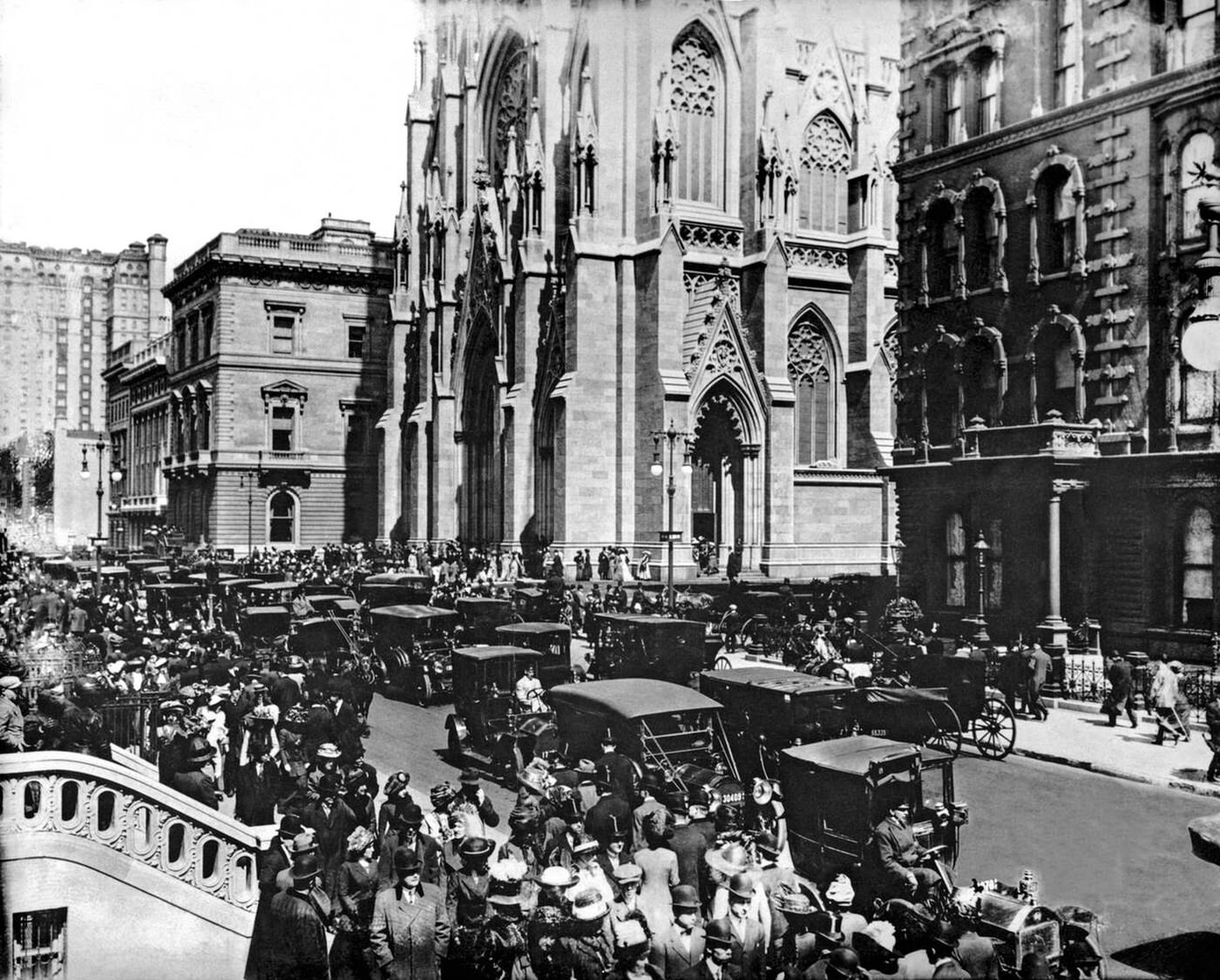
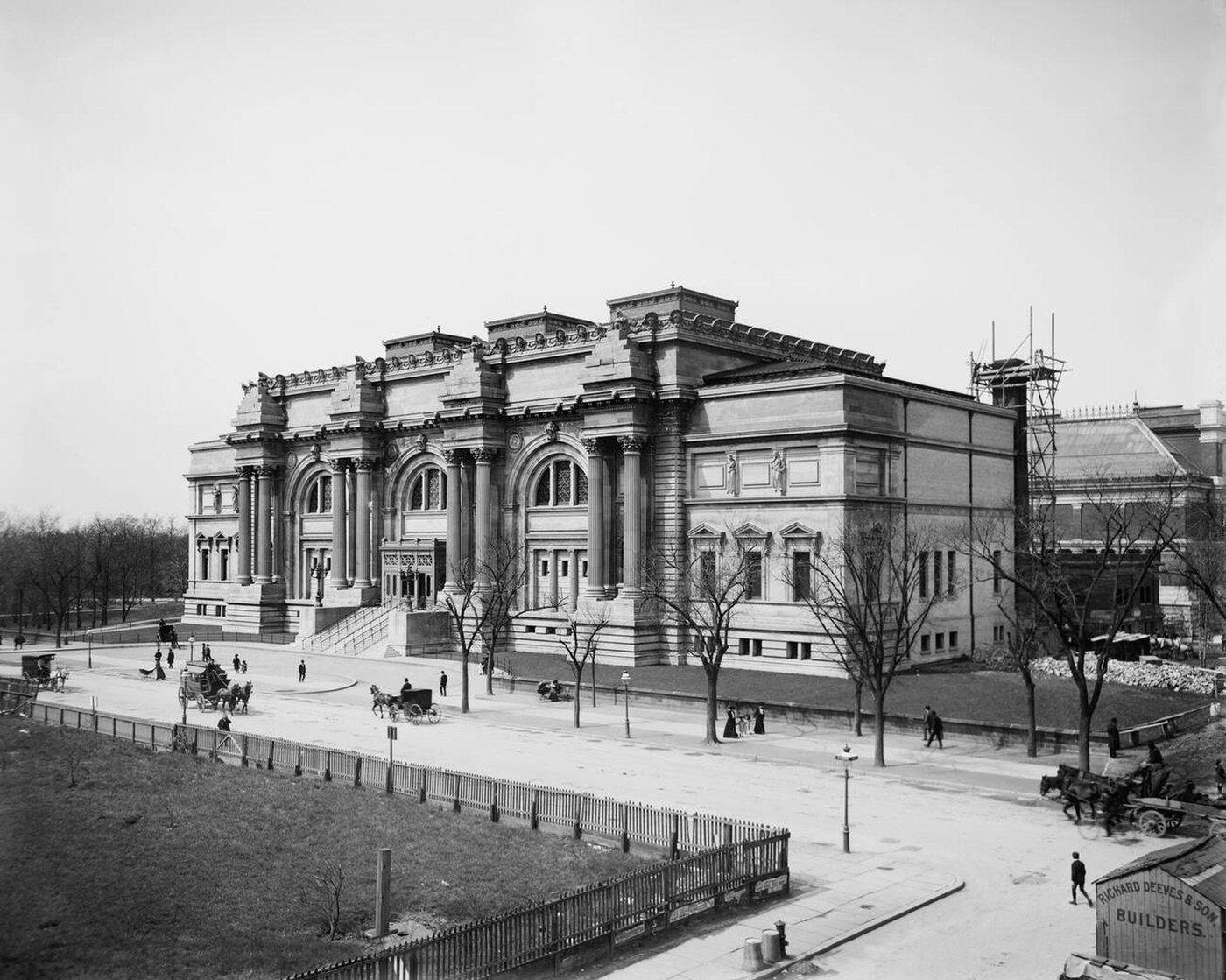
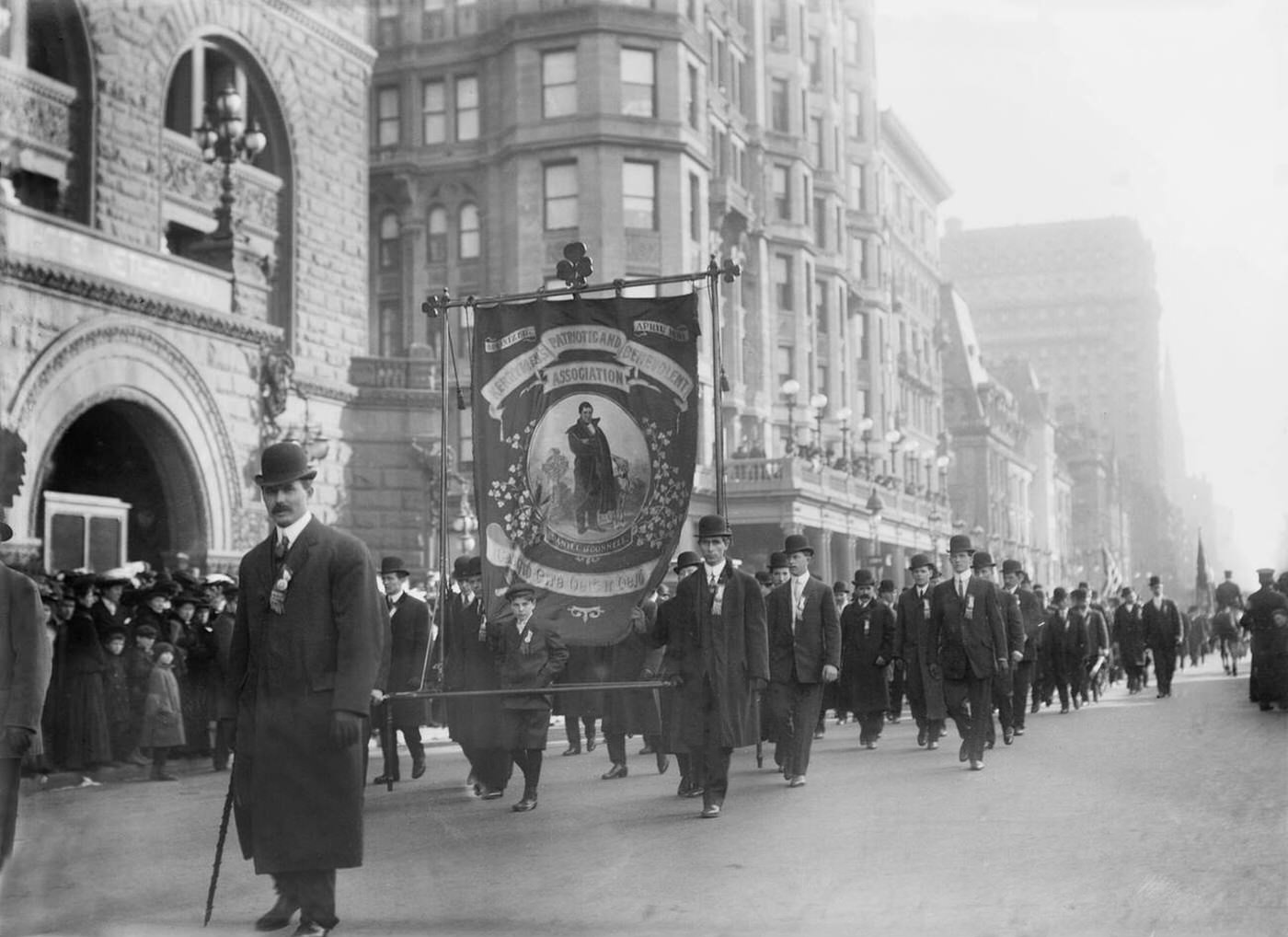
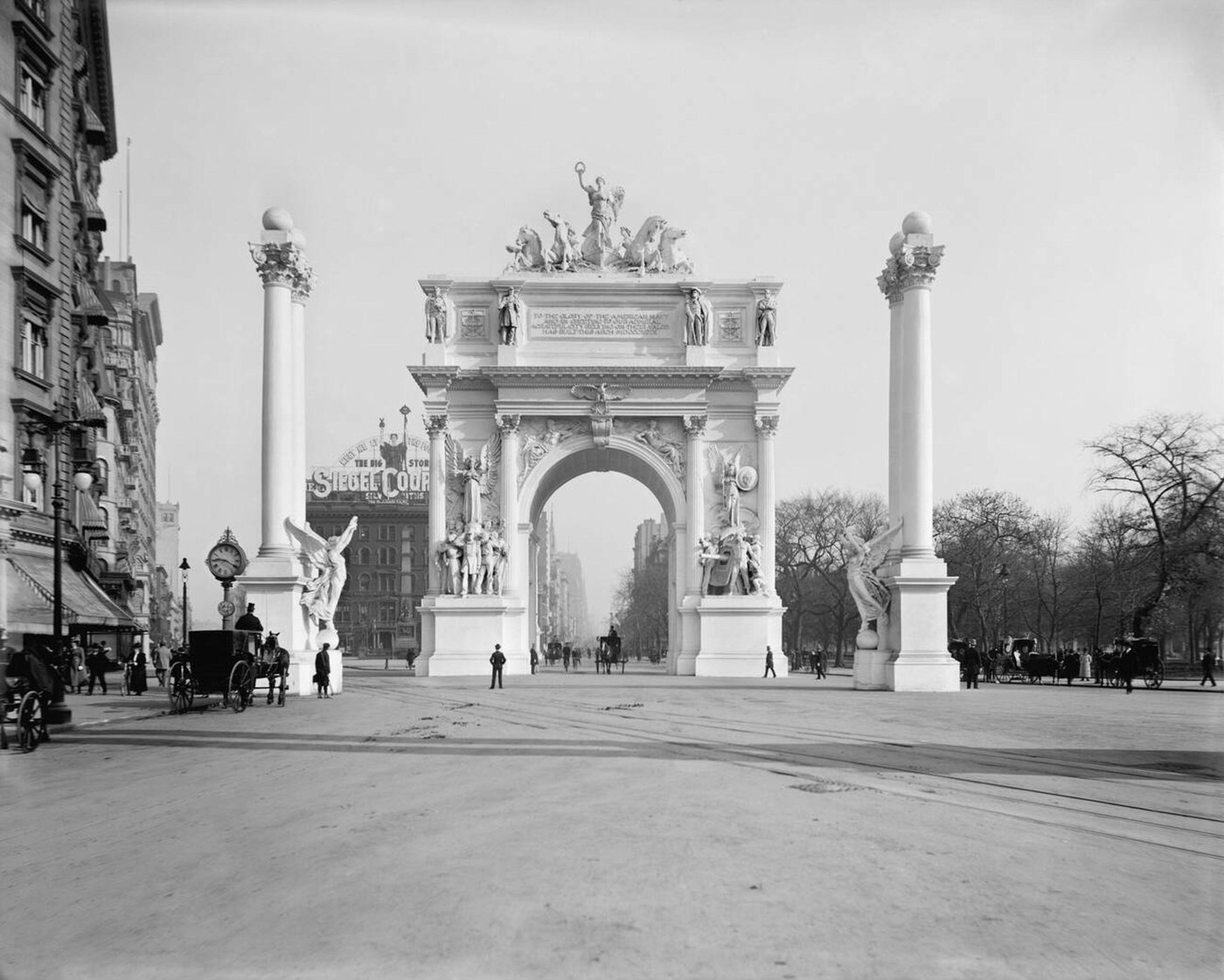

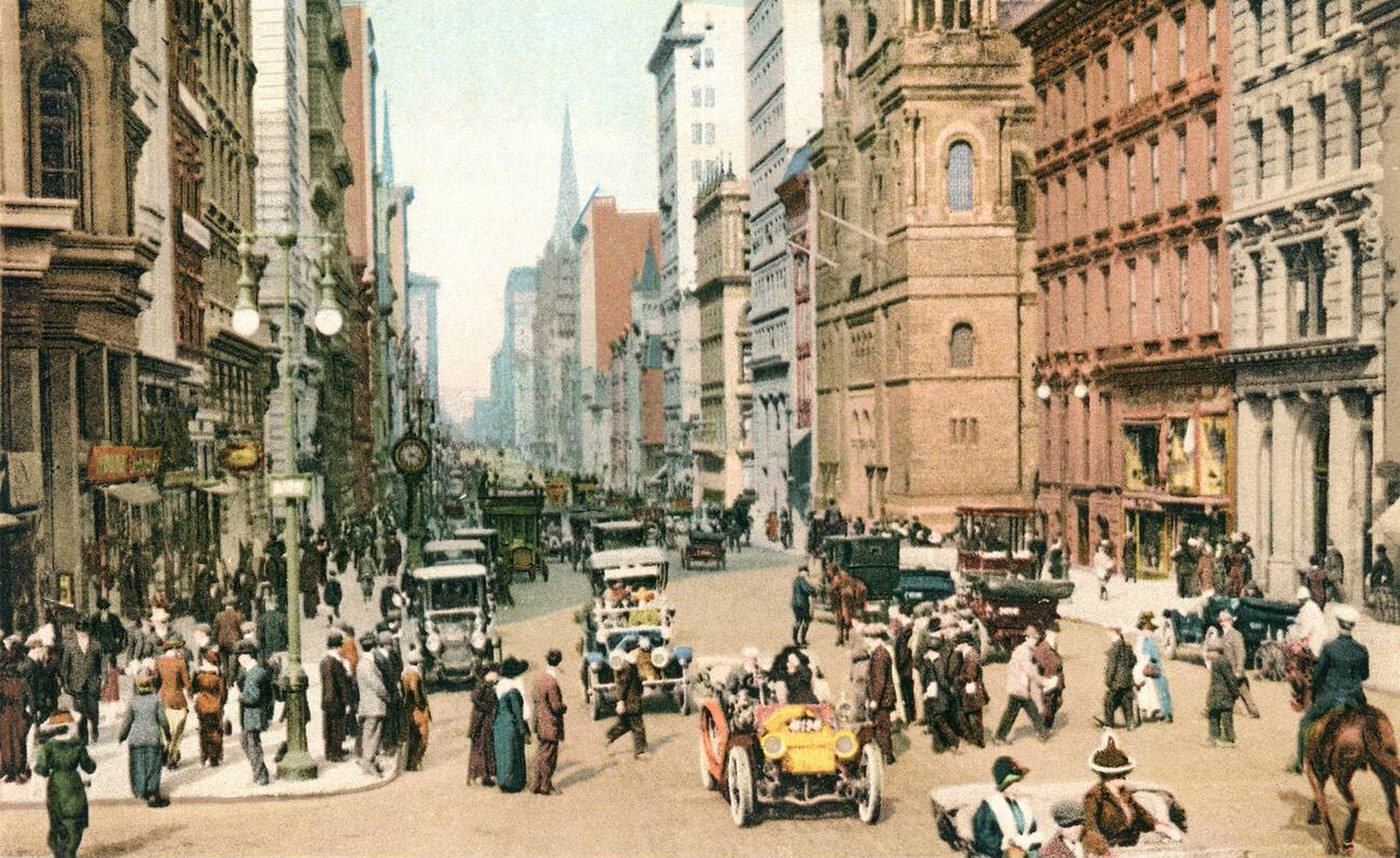
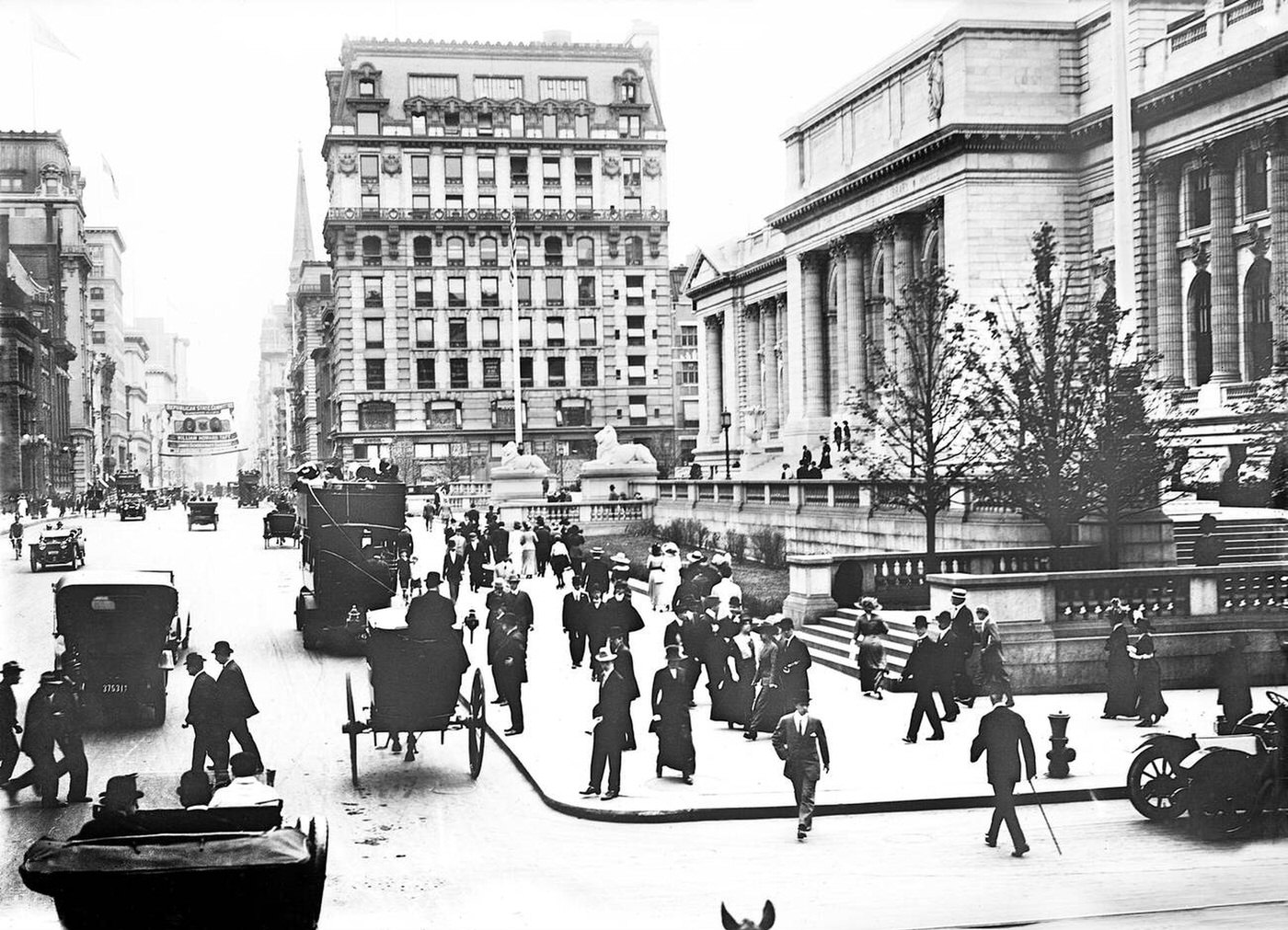
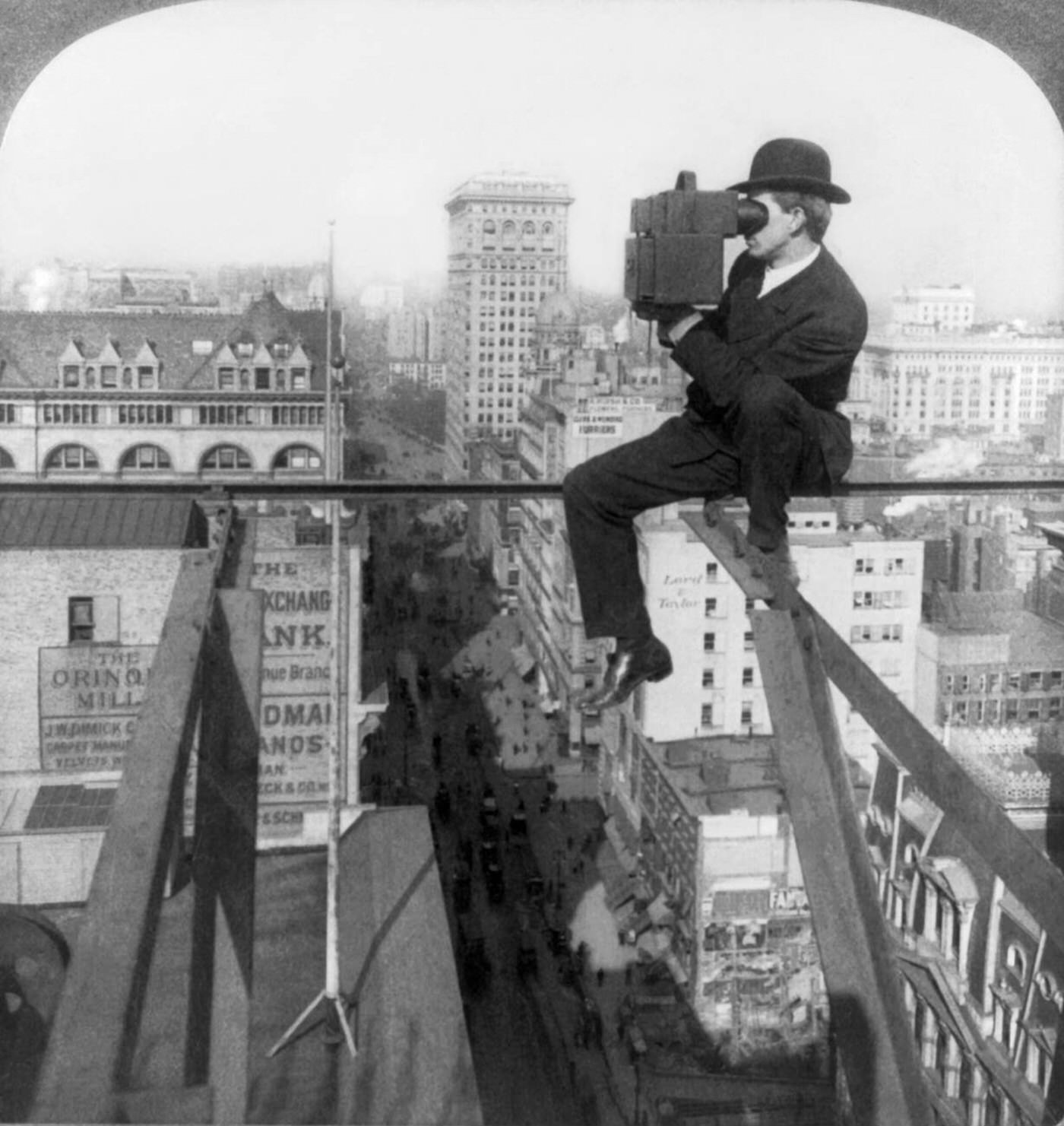

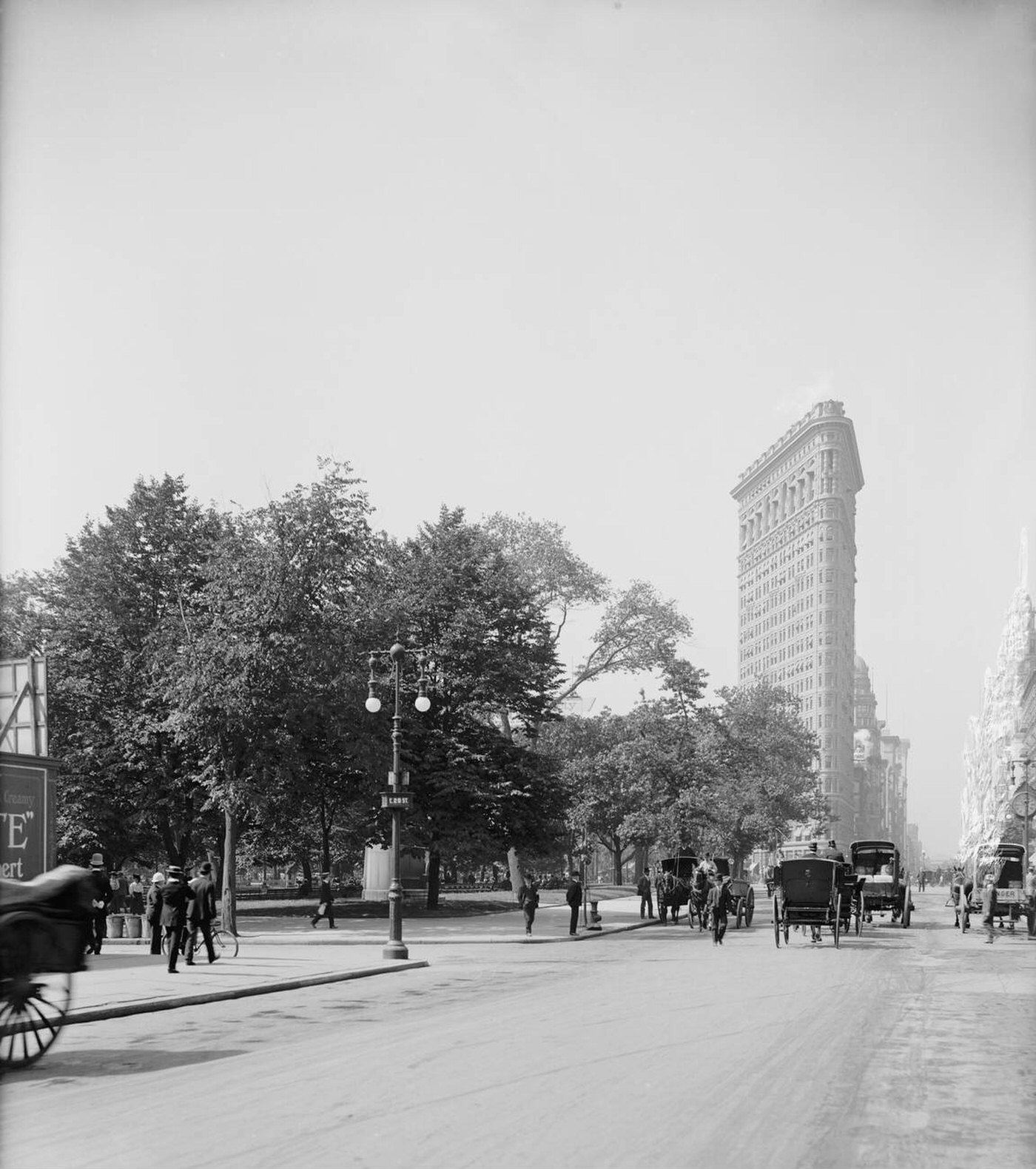
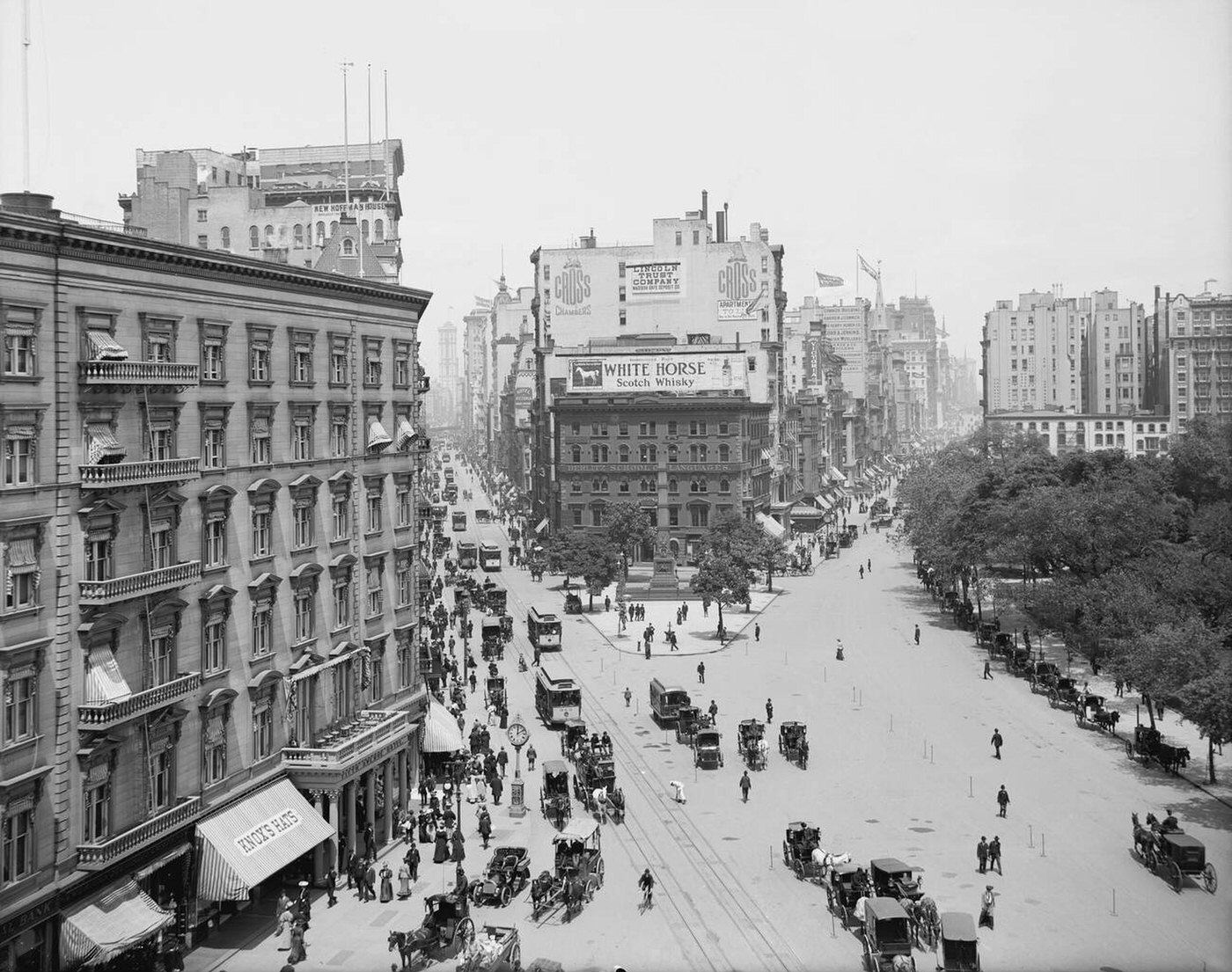
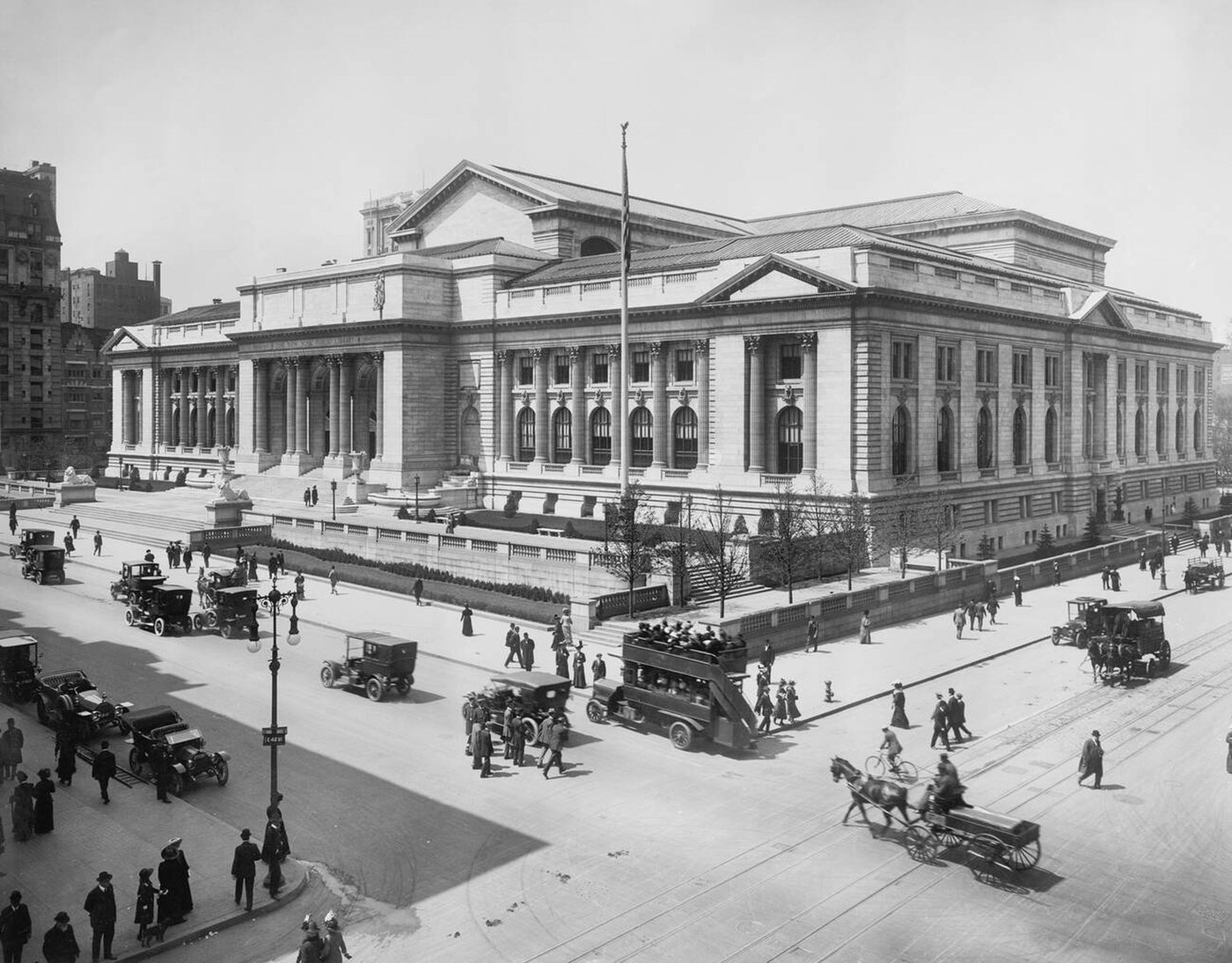
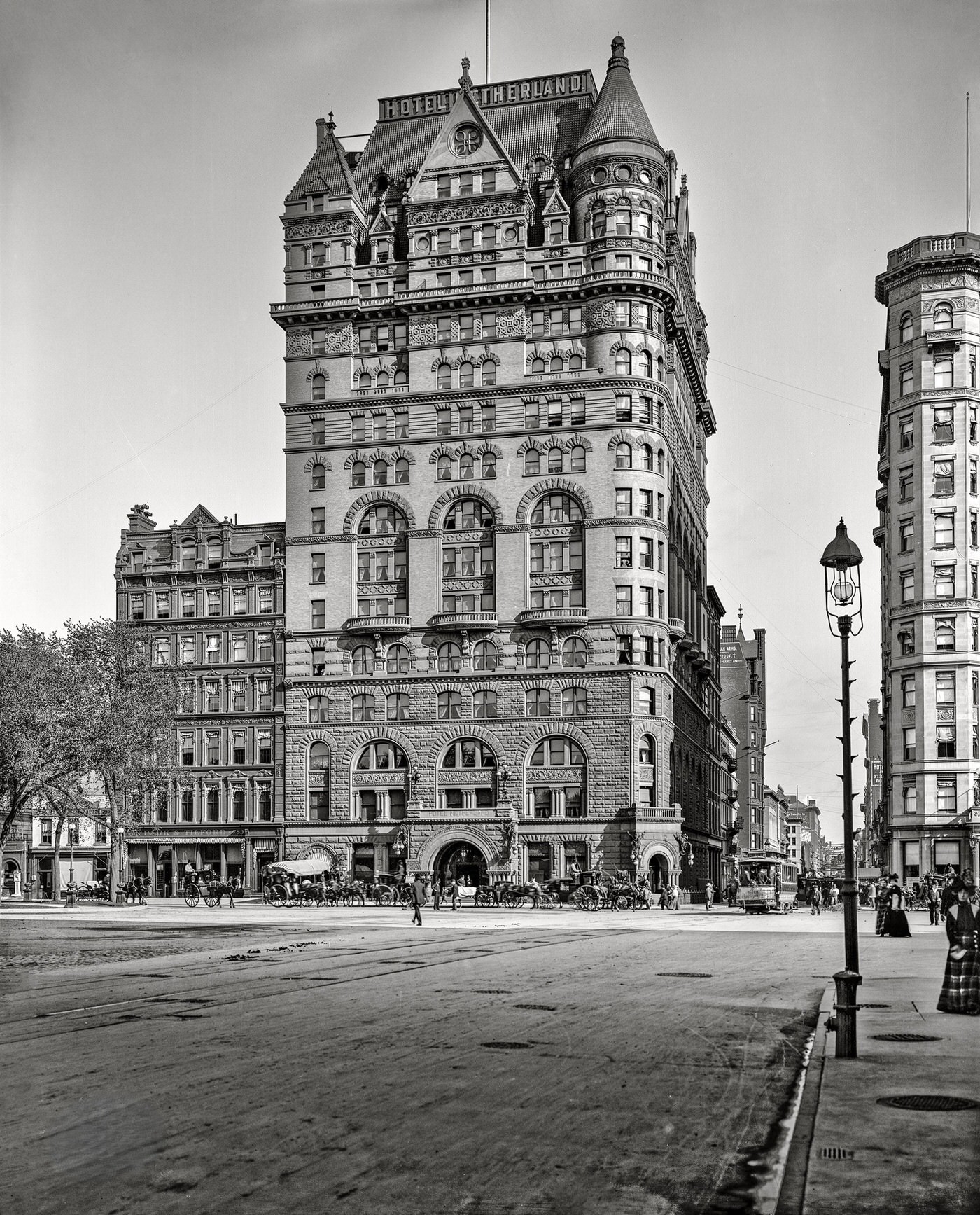

GIPHY App Key not set. Please check settings